Festive opening of new UG research station 'De Herdershut' on Schiermonnikoog
The almost 40-year-old 'Herdershut' (The Shepherd’s Hut) of the Faculty of Science and Engineering (FSE) has made way for a modern and sustainable building with improved facilities. Friday, the festive opening was held (postponed due to lockdowns) of the new biology research field station that was completed last summer. From this station, the biologists of the University of Groningen (UG) carry out important ecological field research on Schiermonnikoog.
[text continues below the photos]
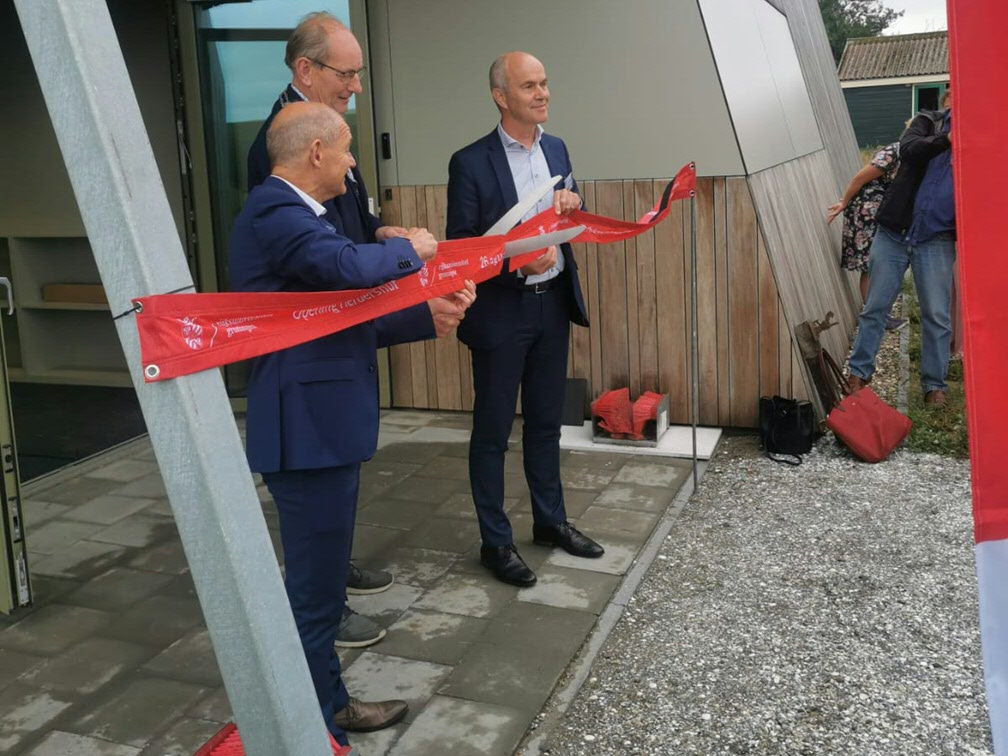
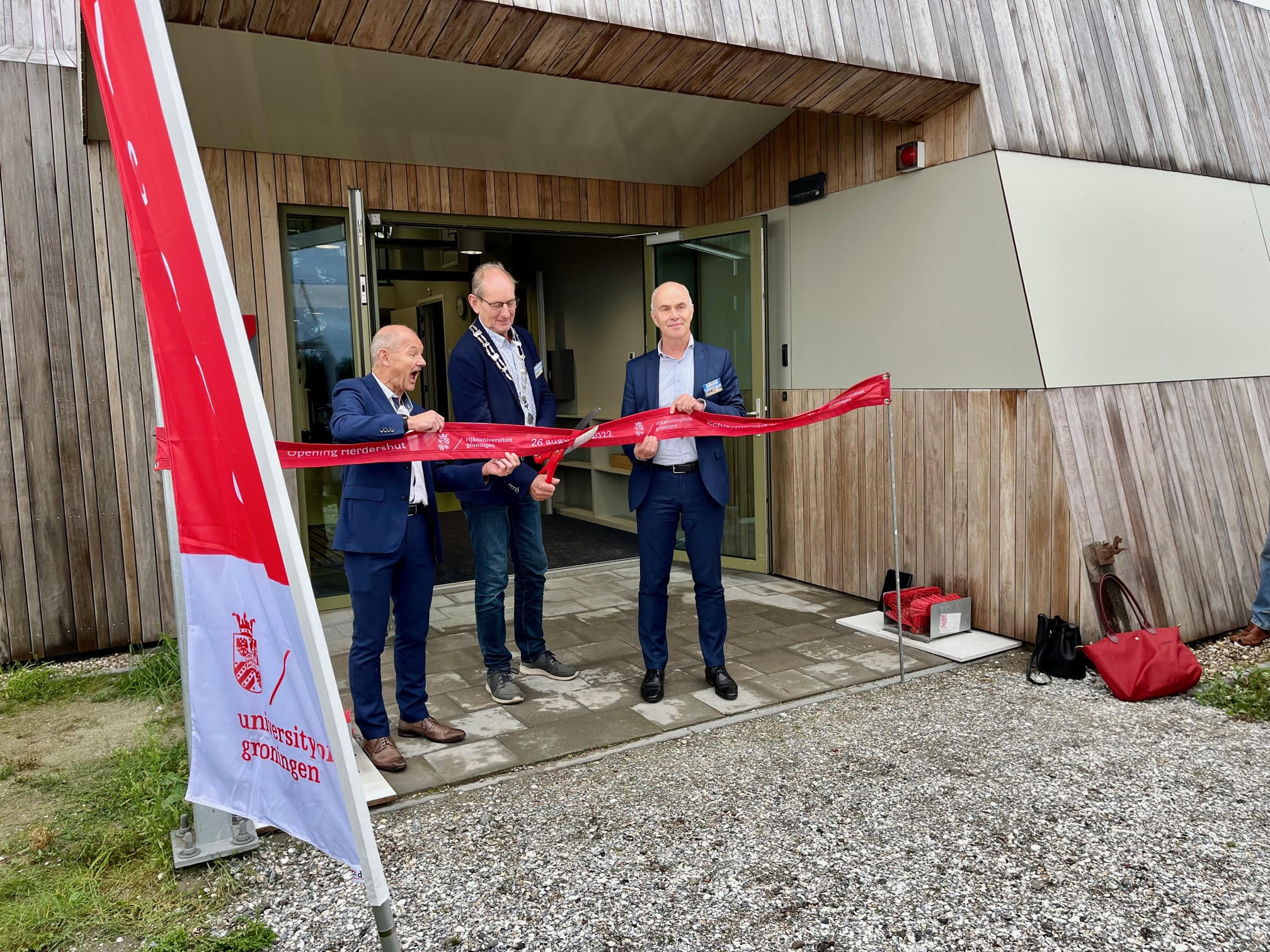
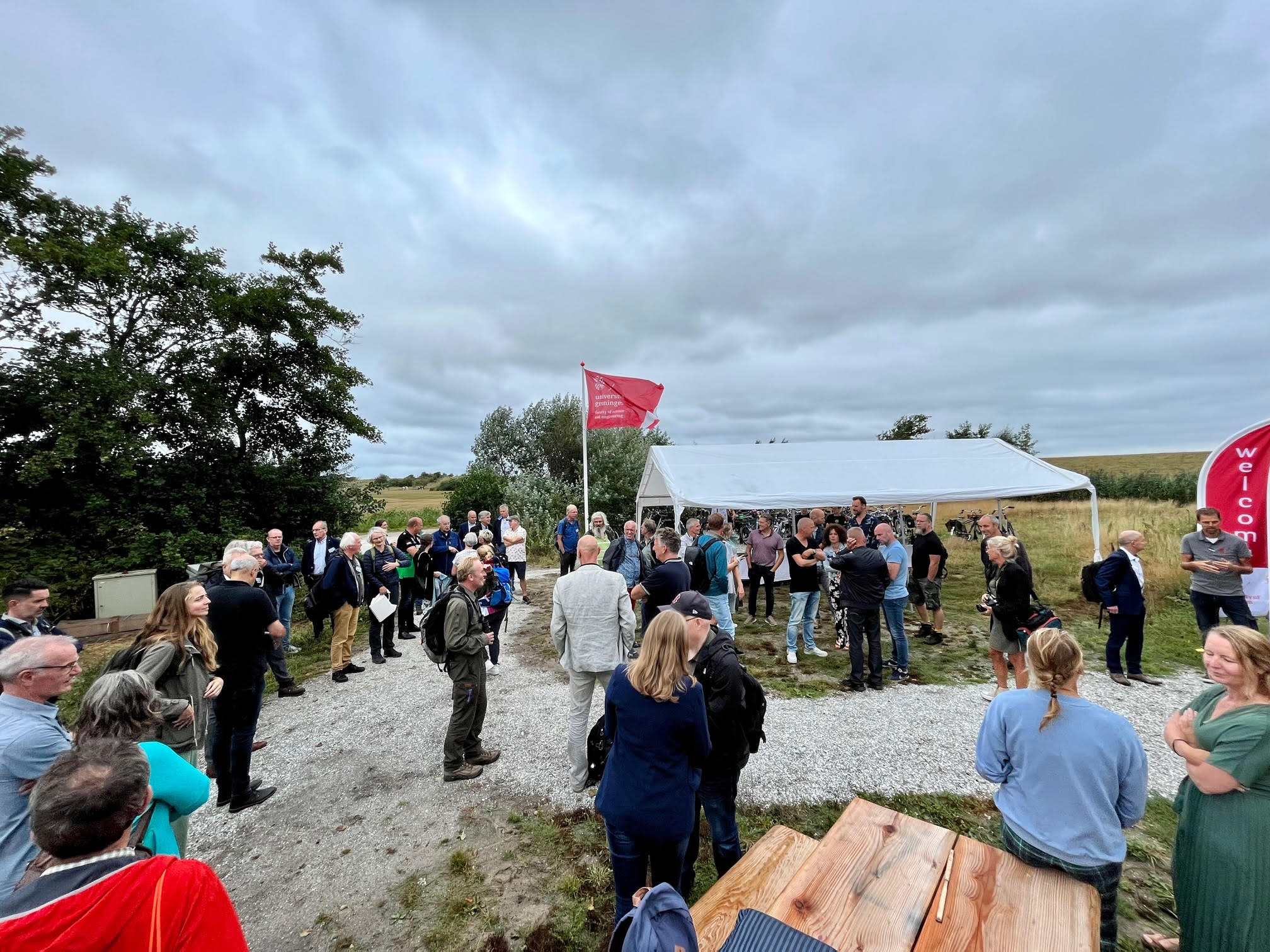
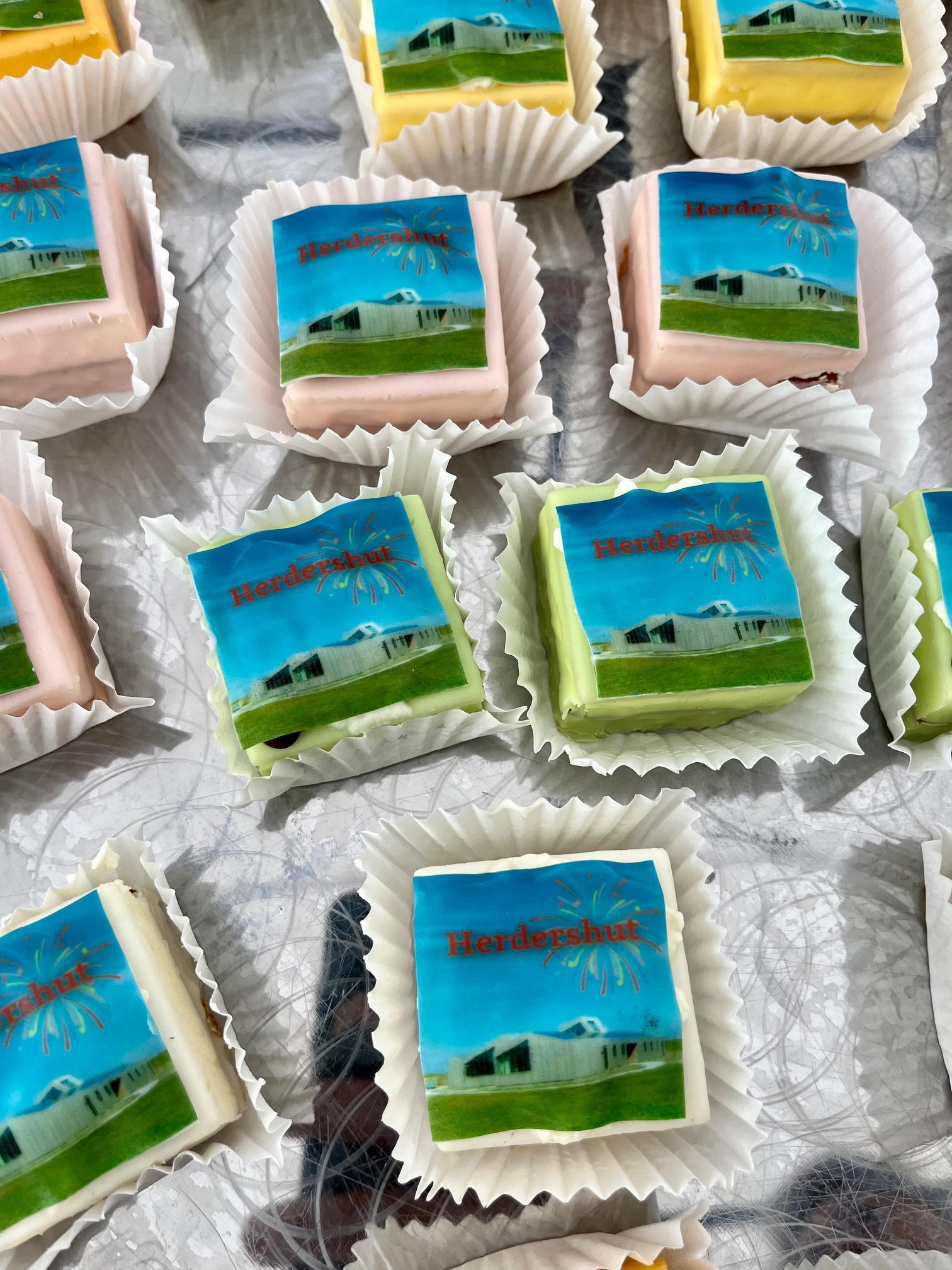
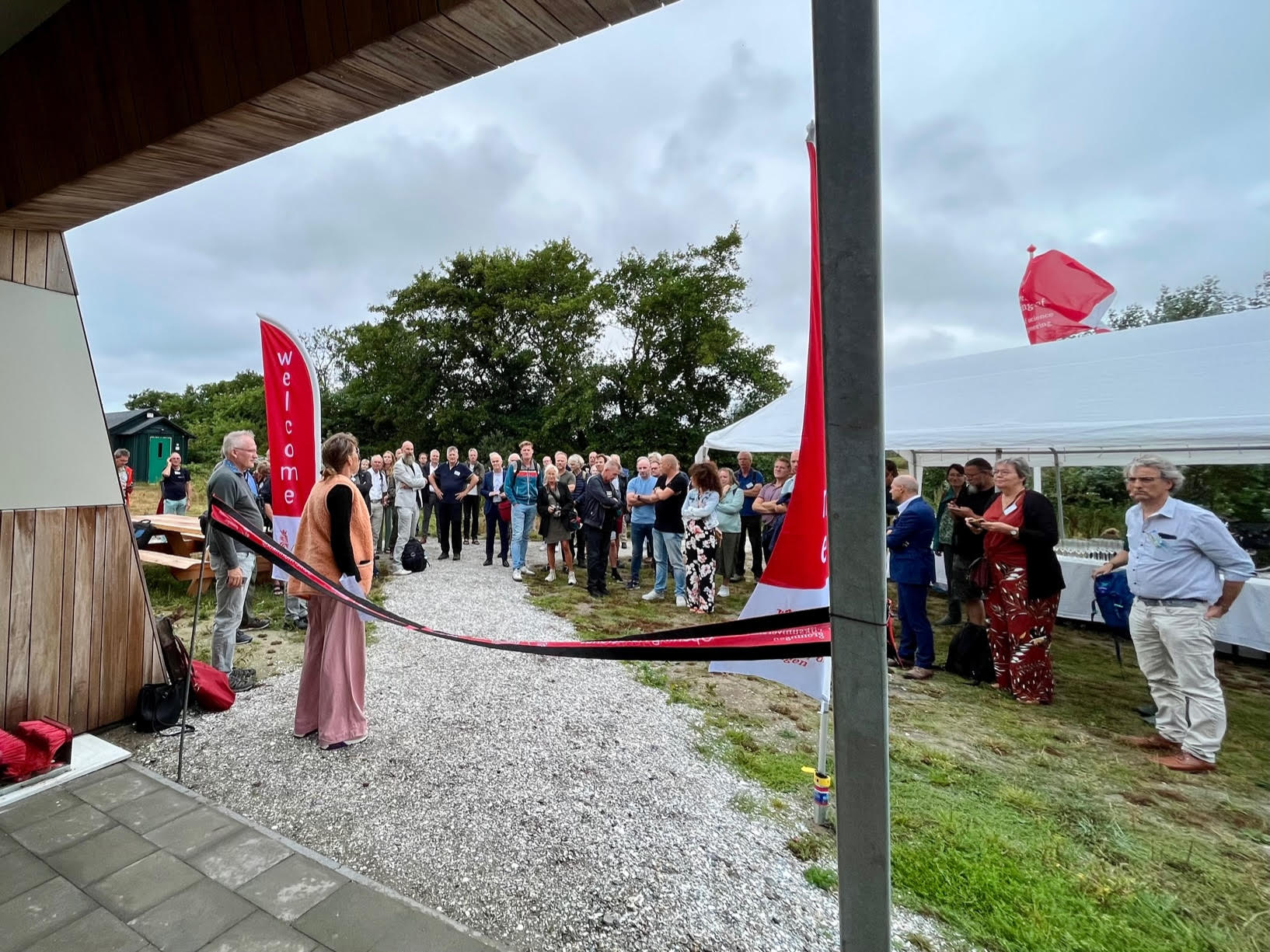
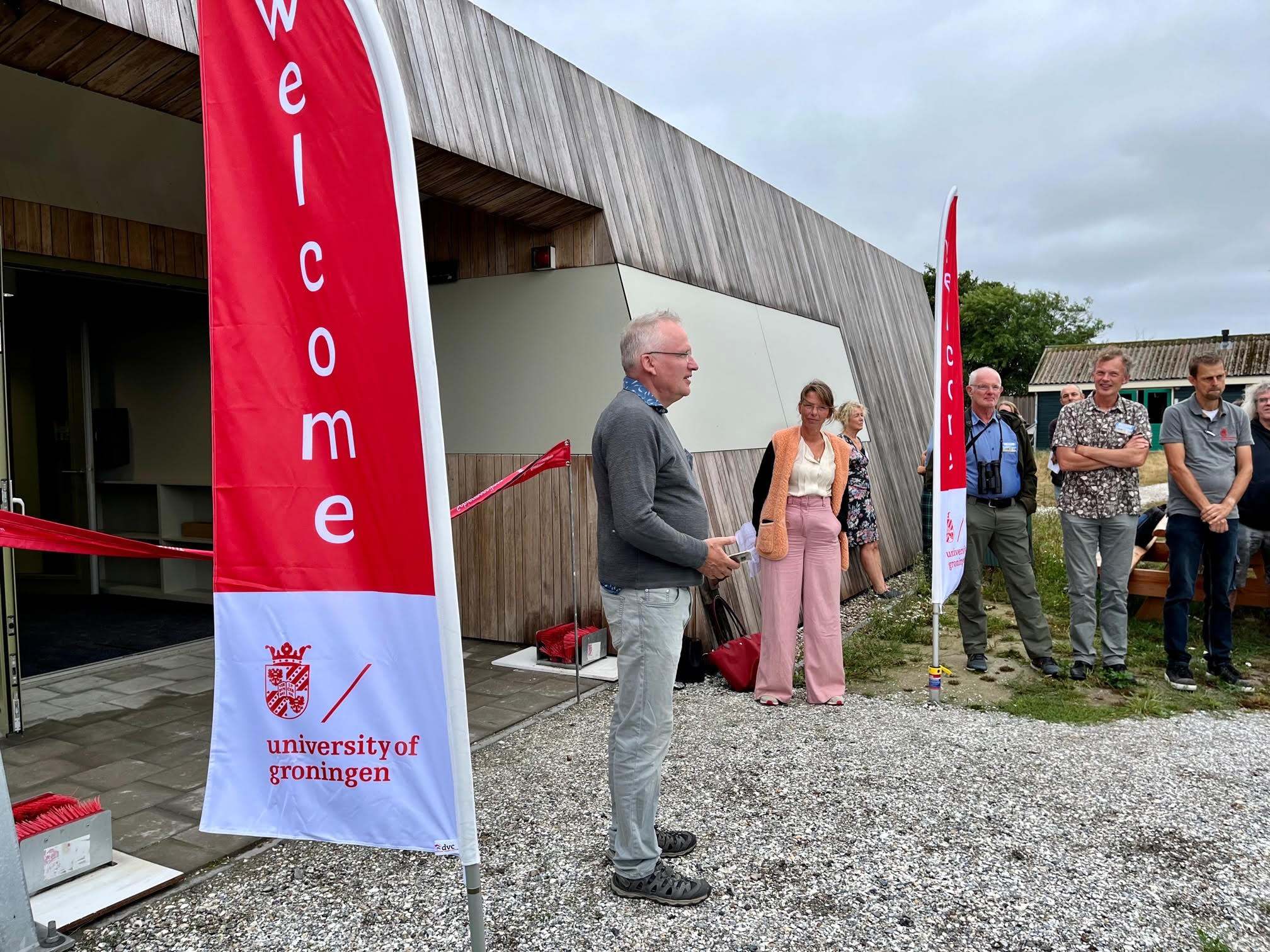
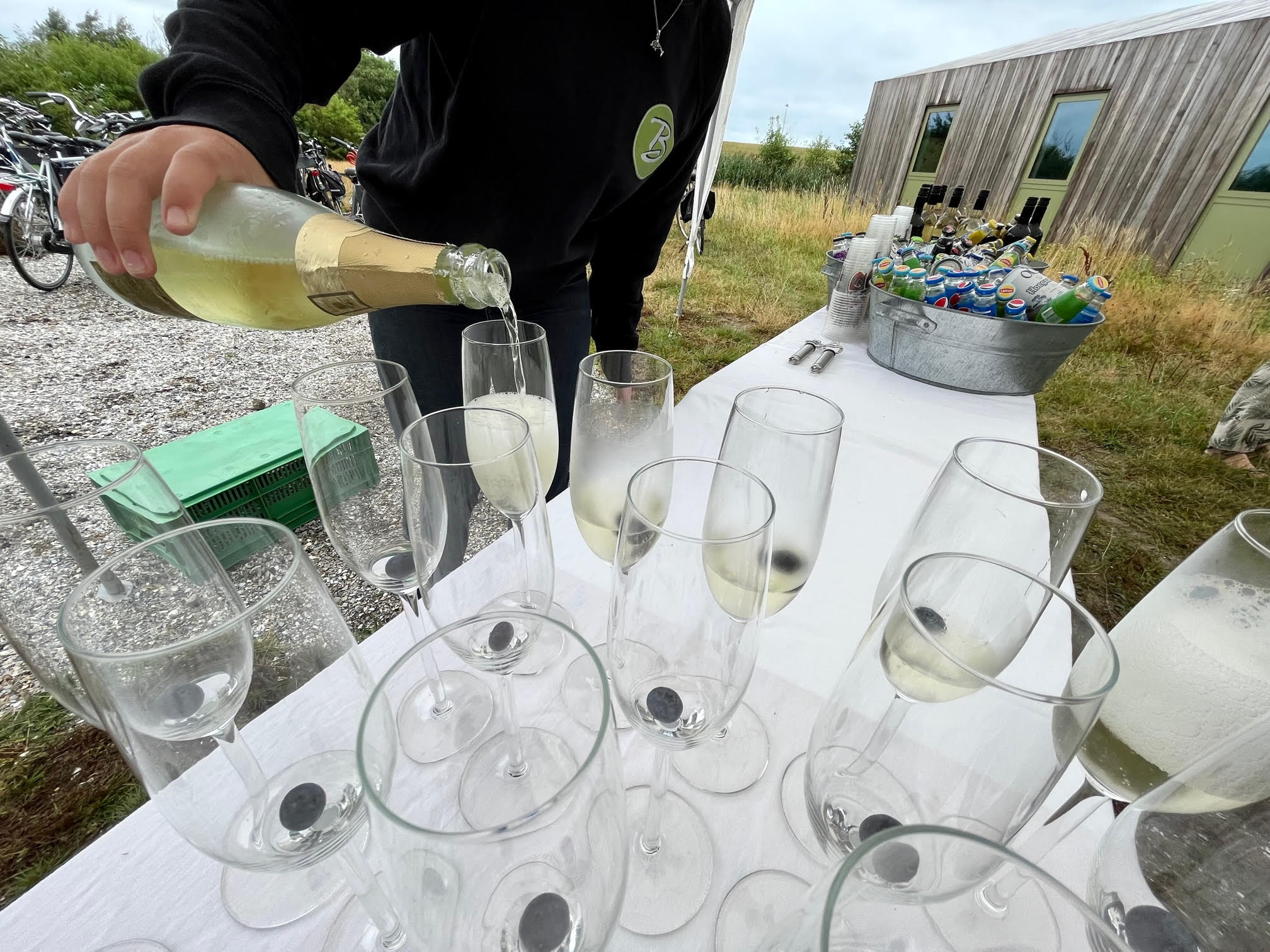
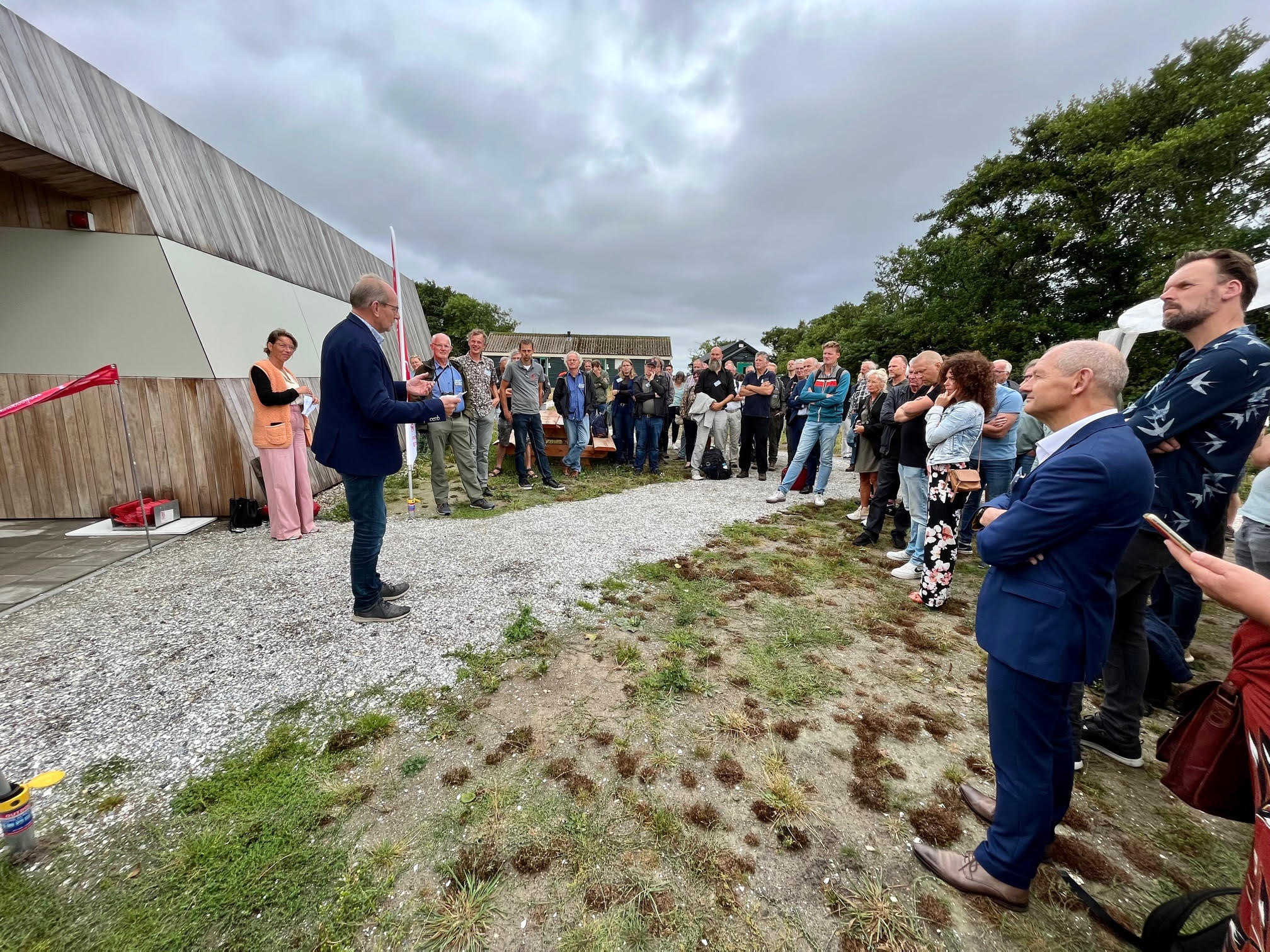
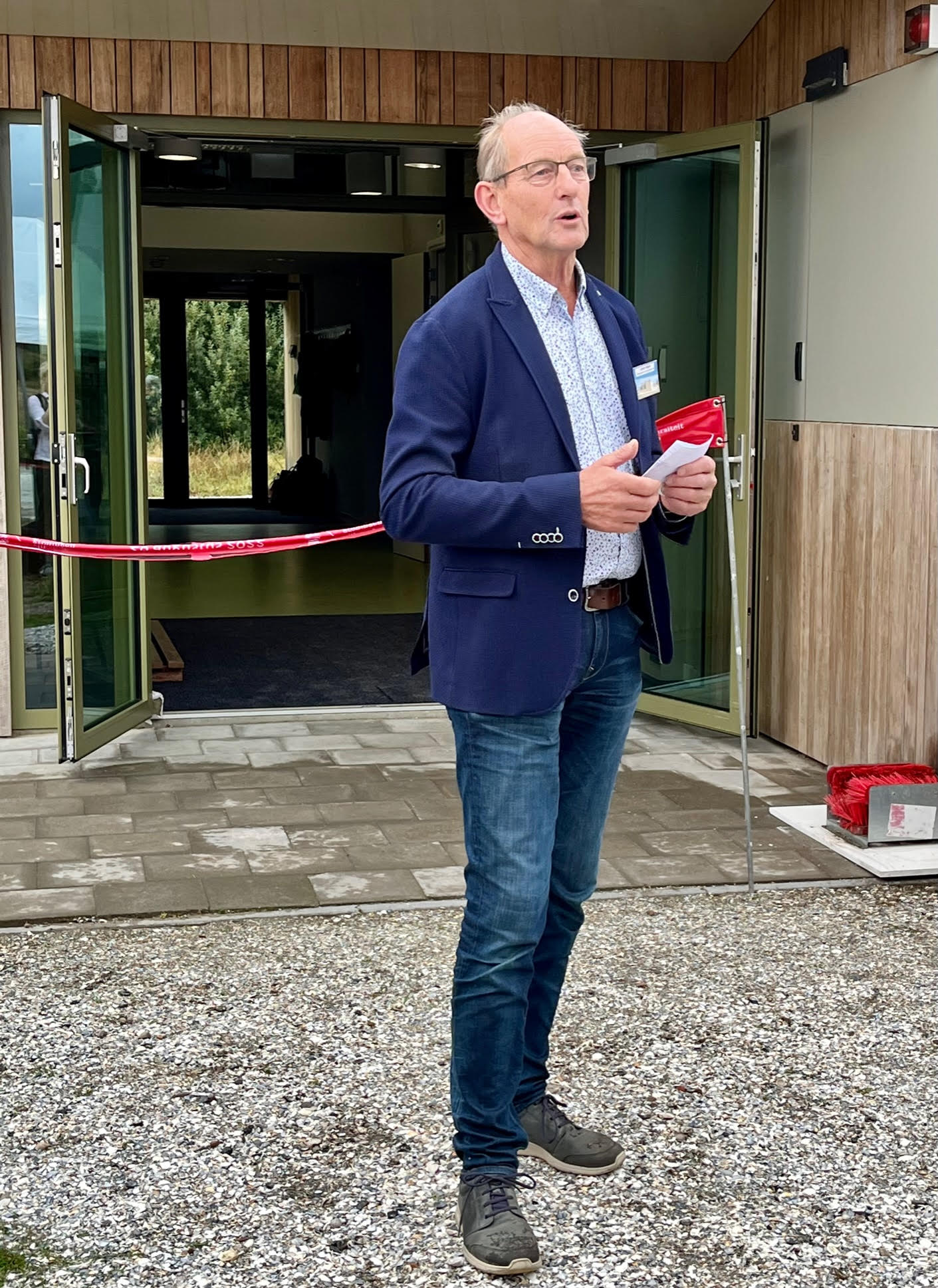
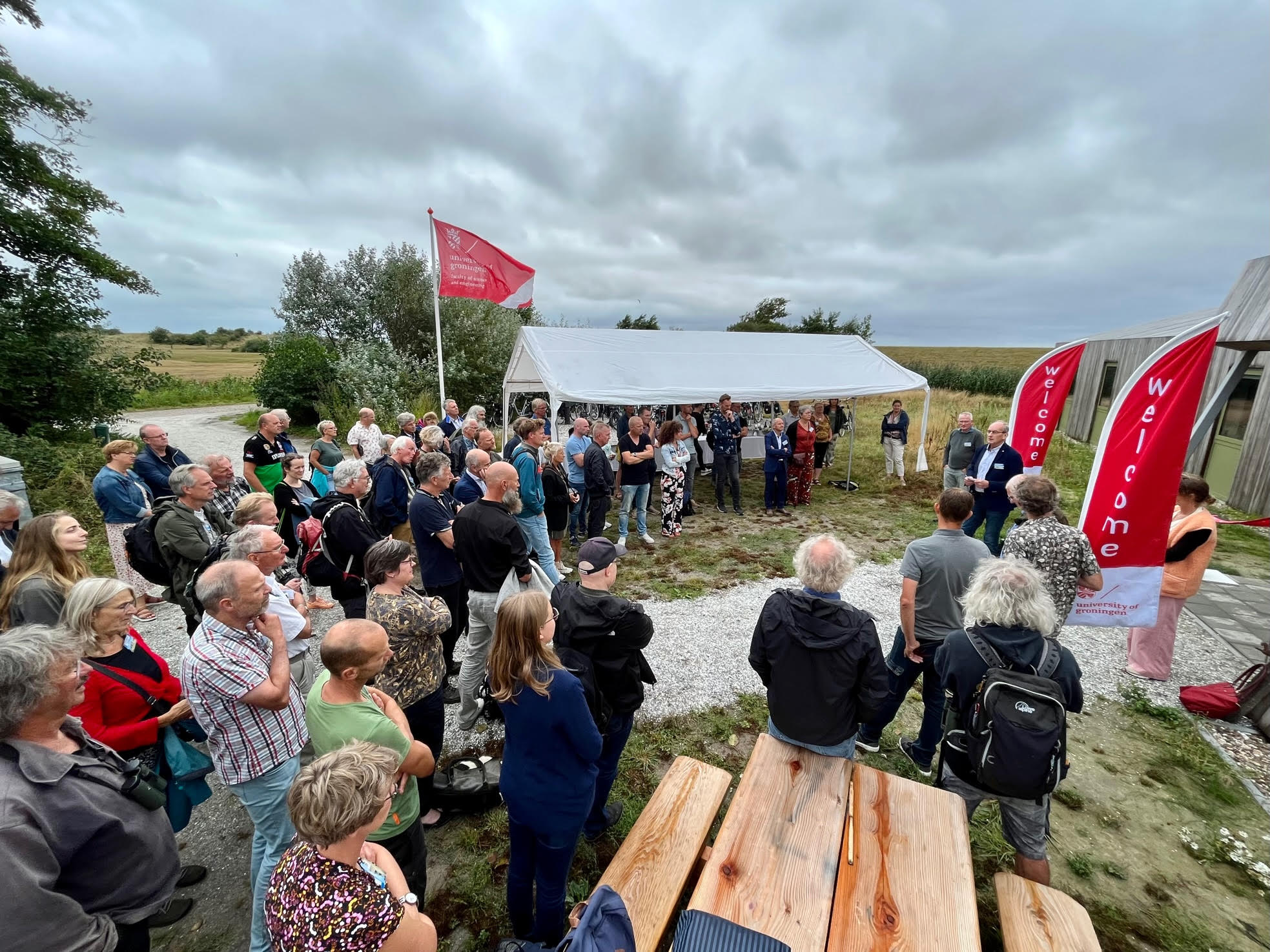
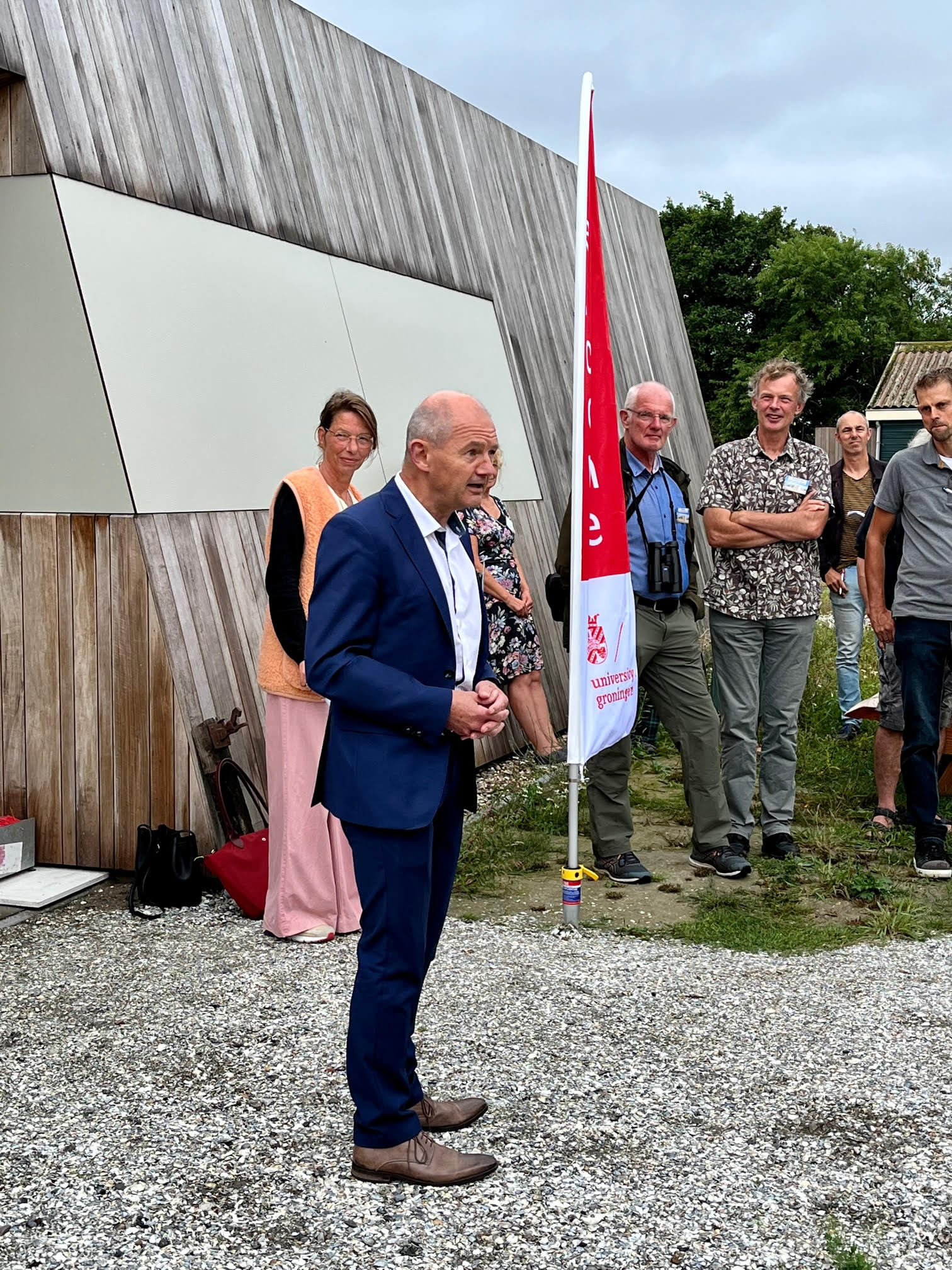
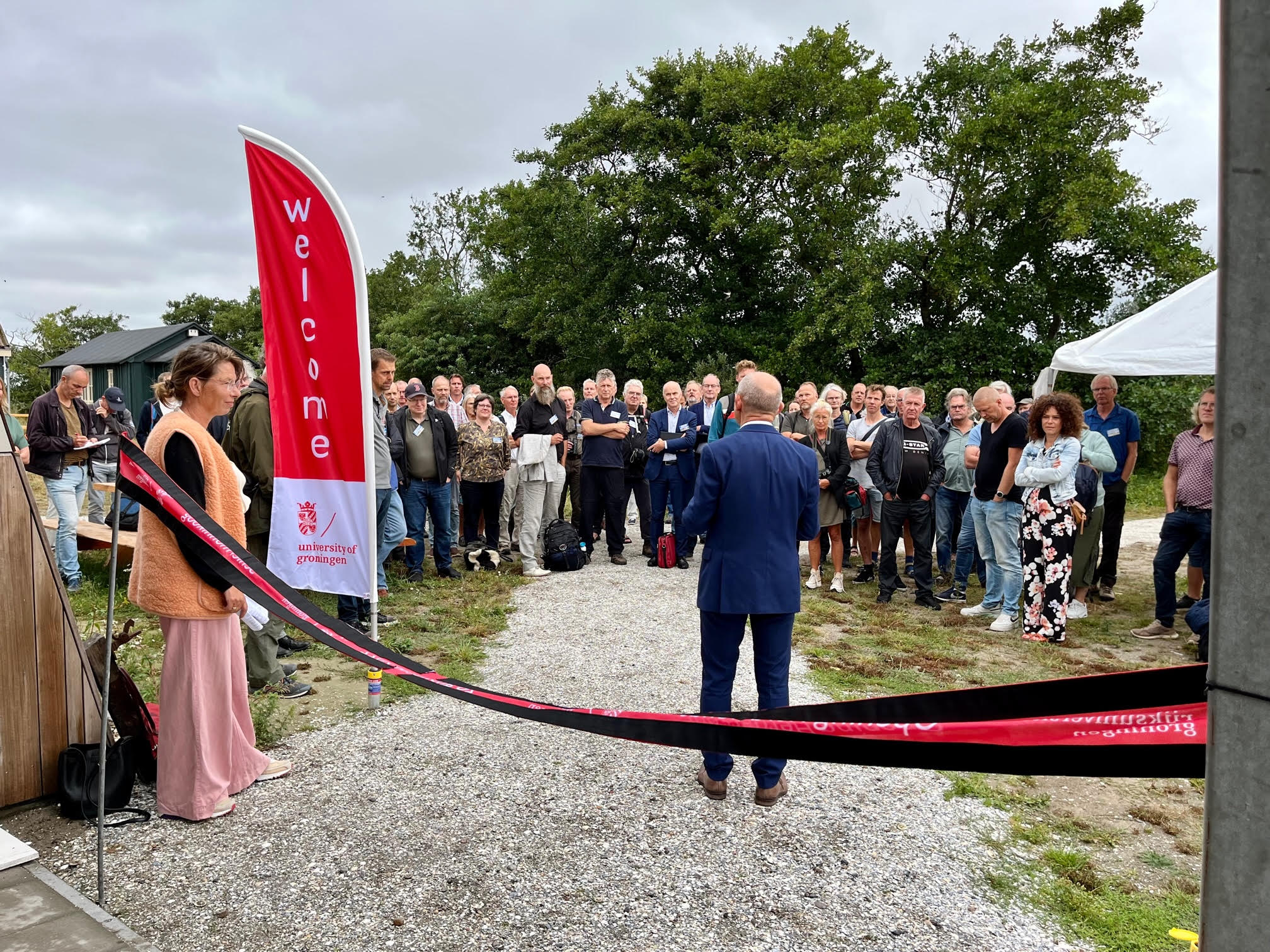
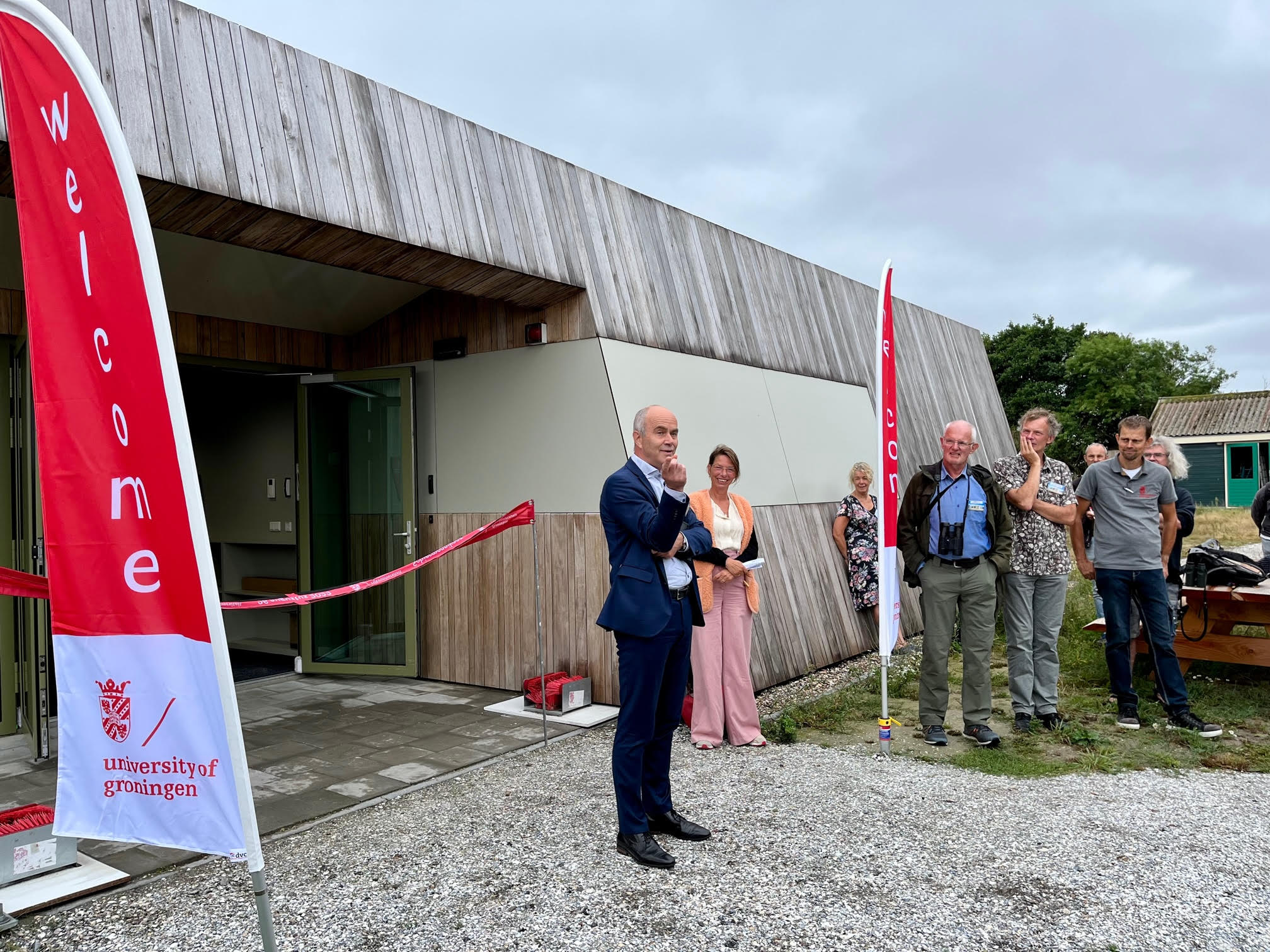
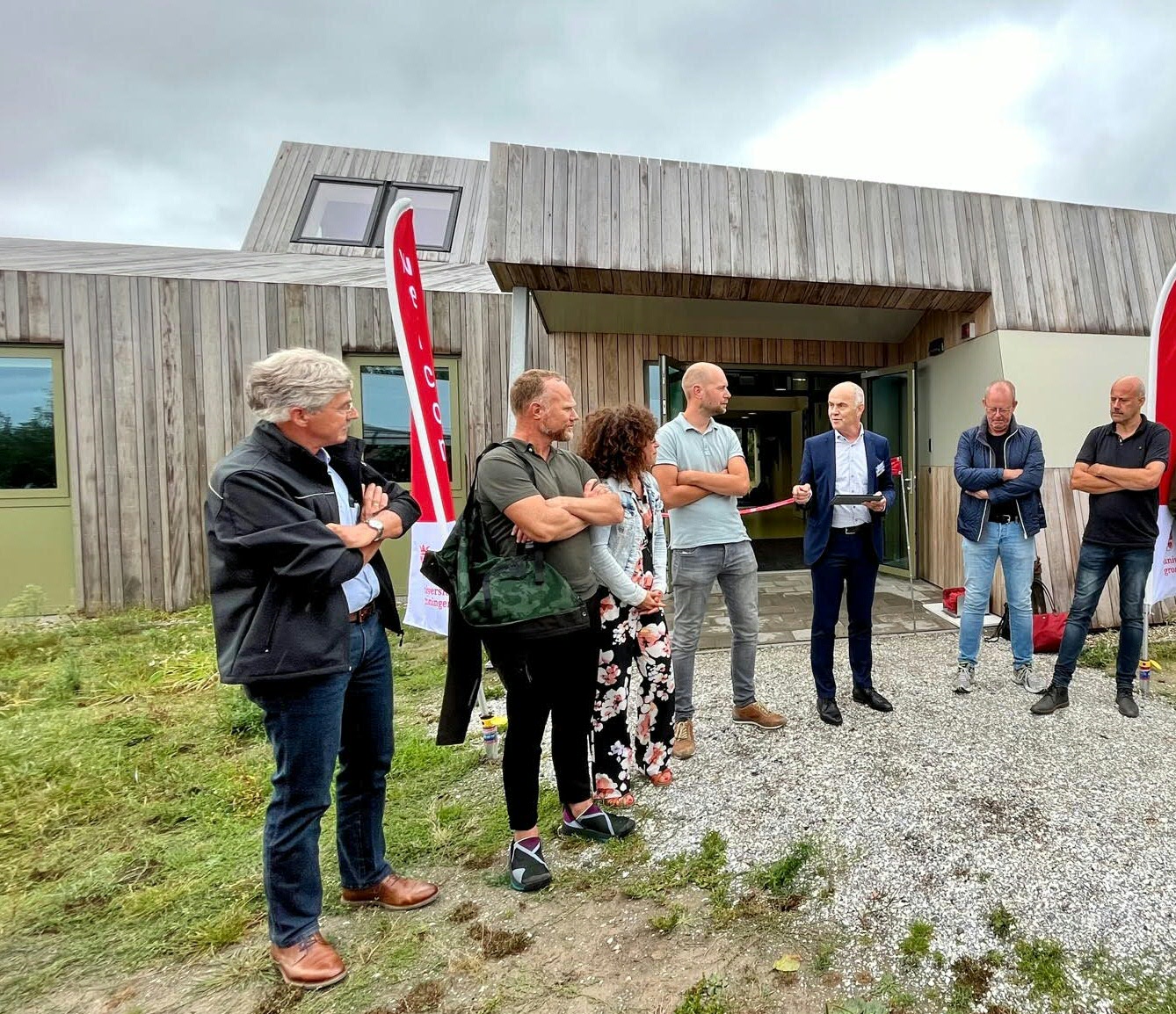
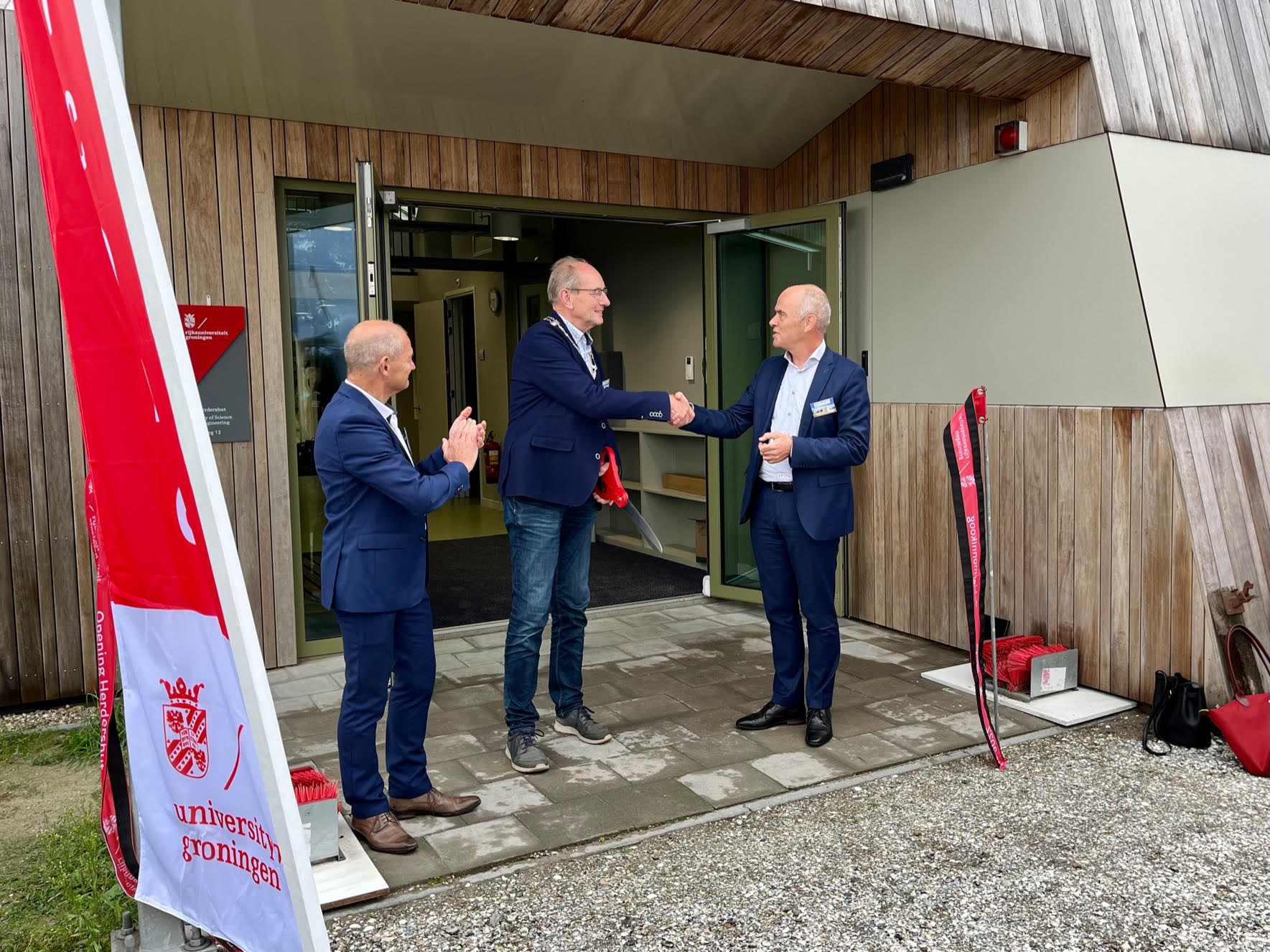
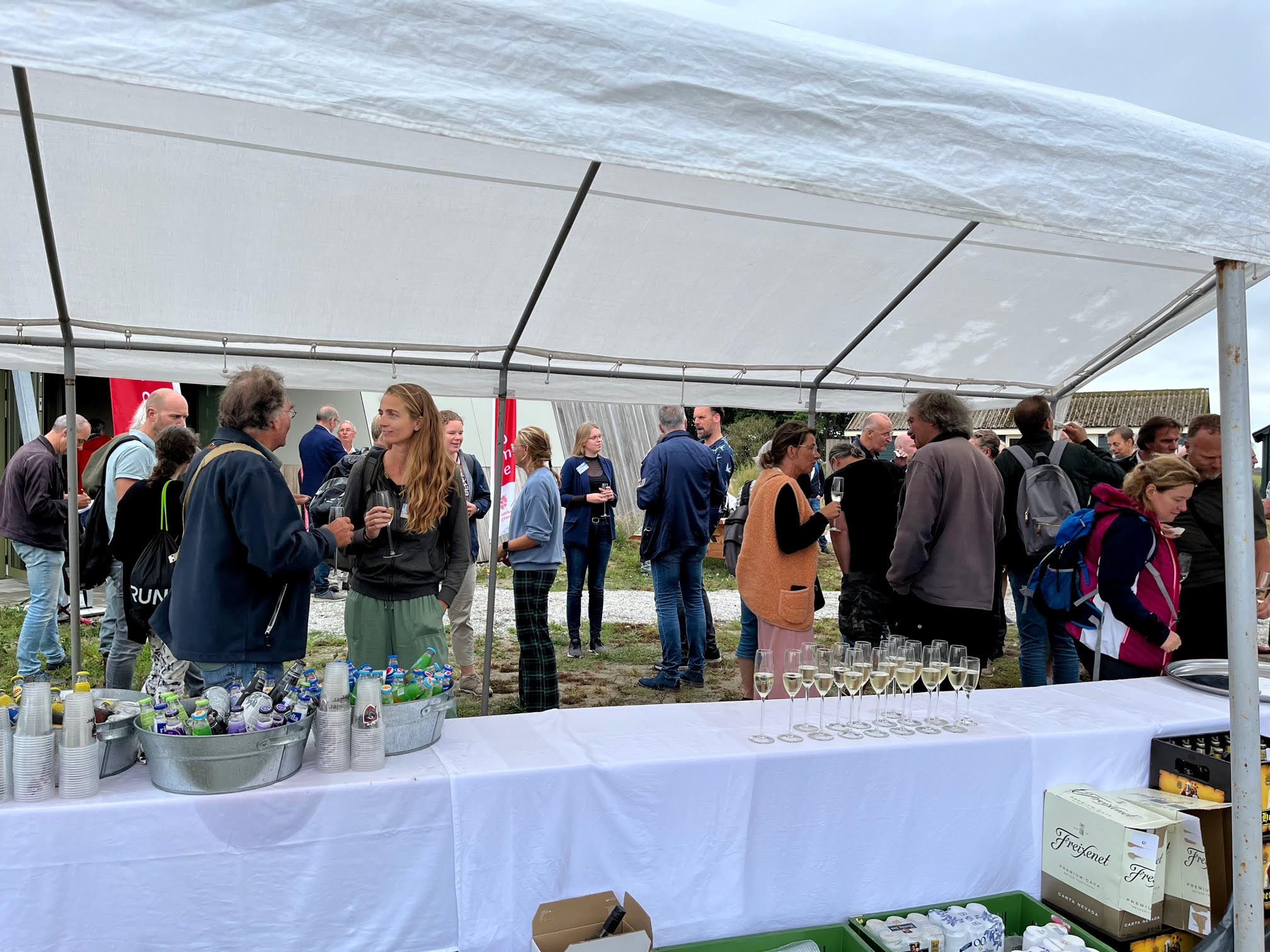
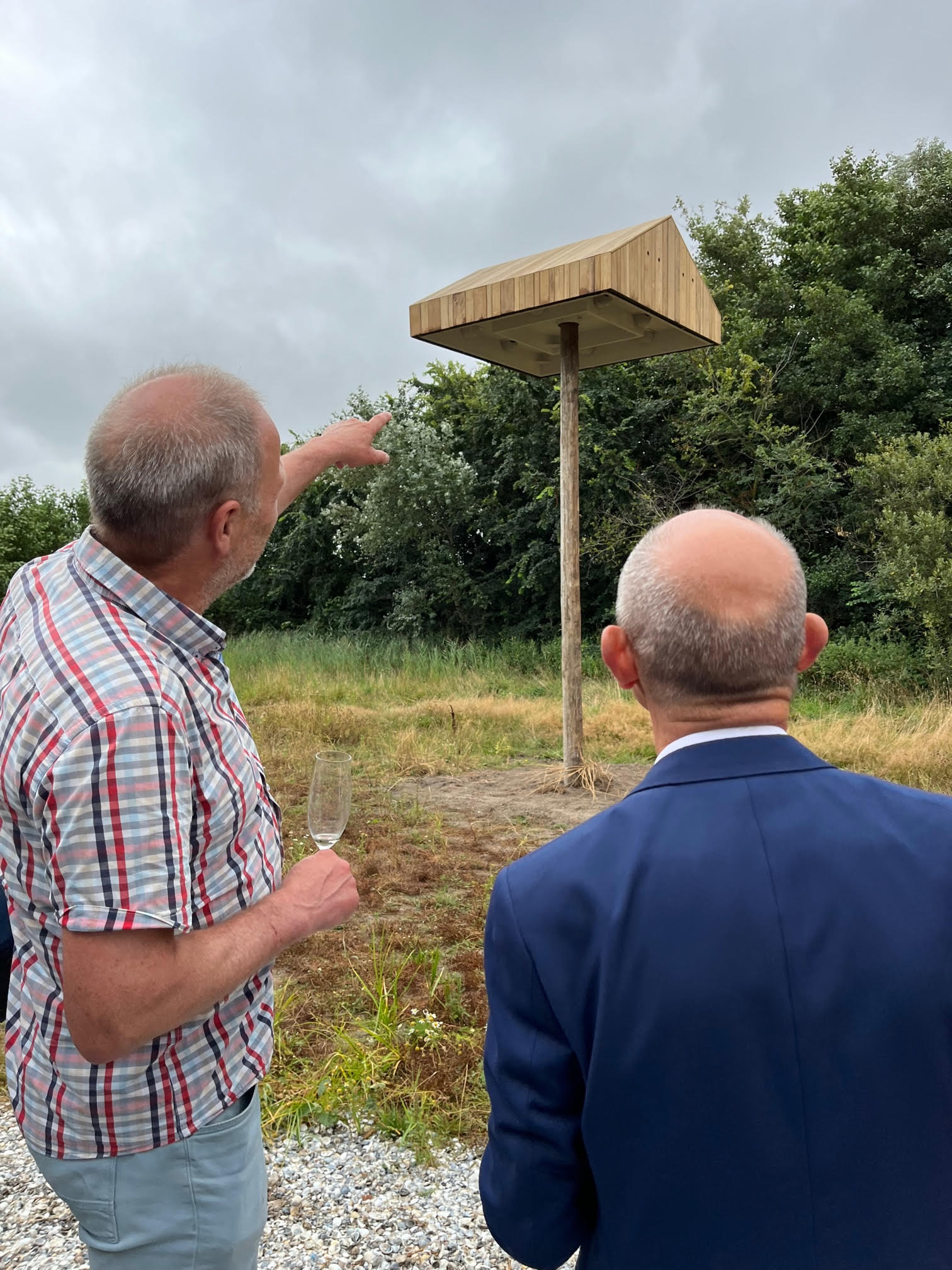
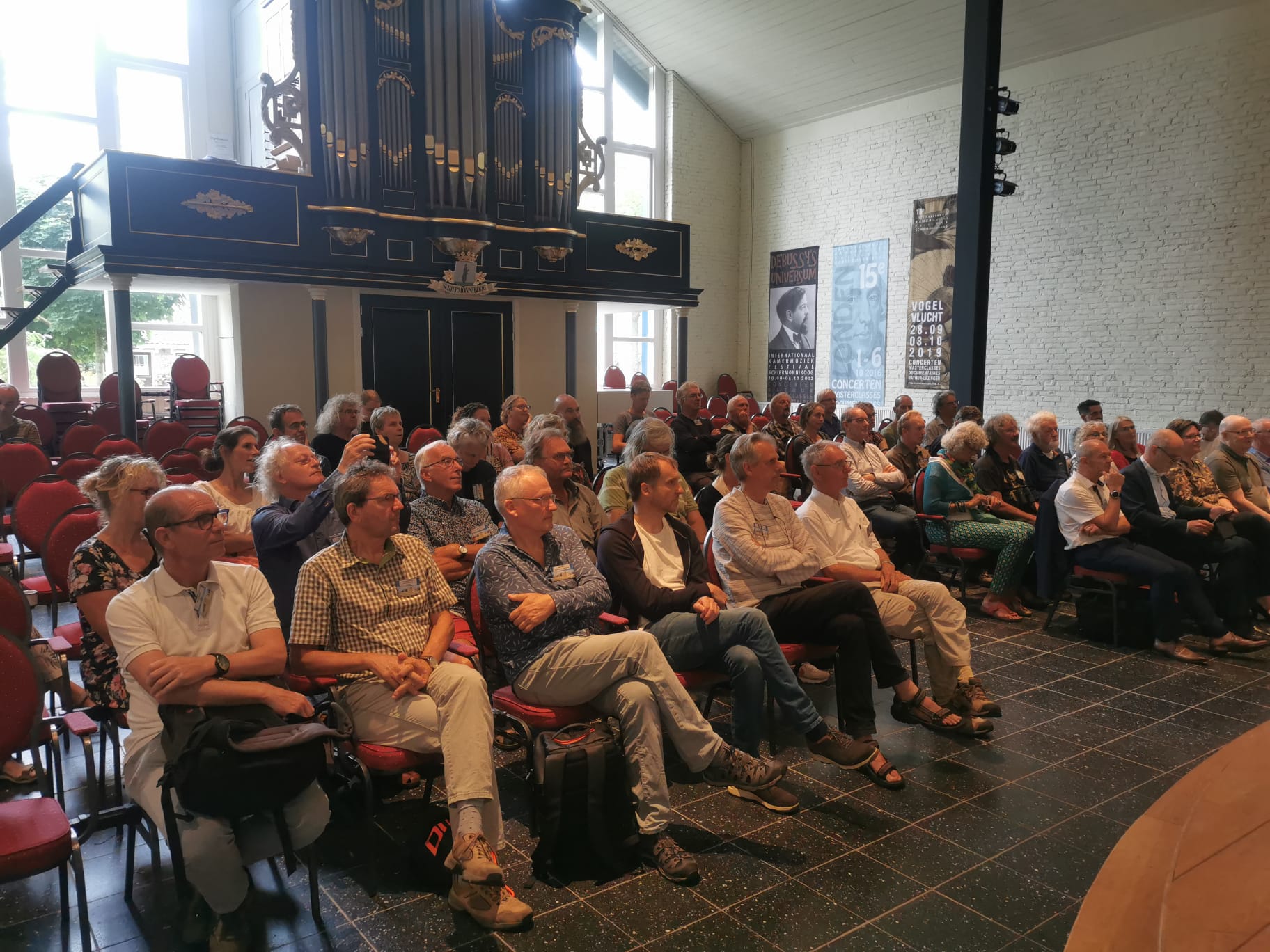
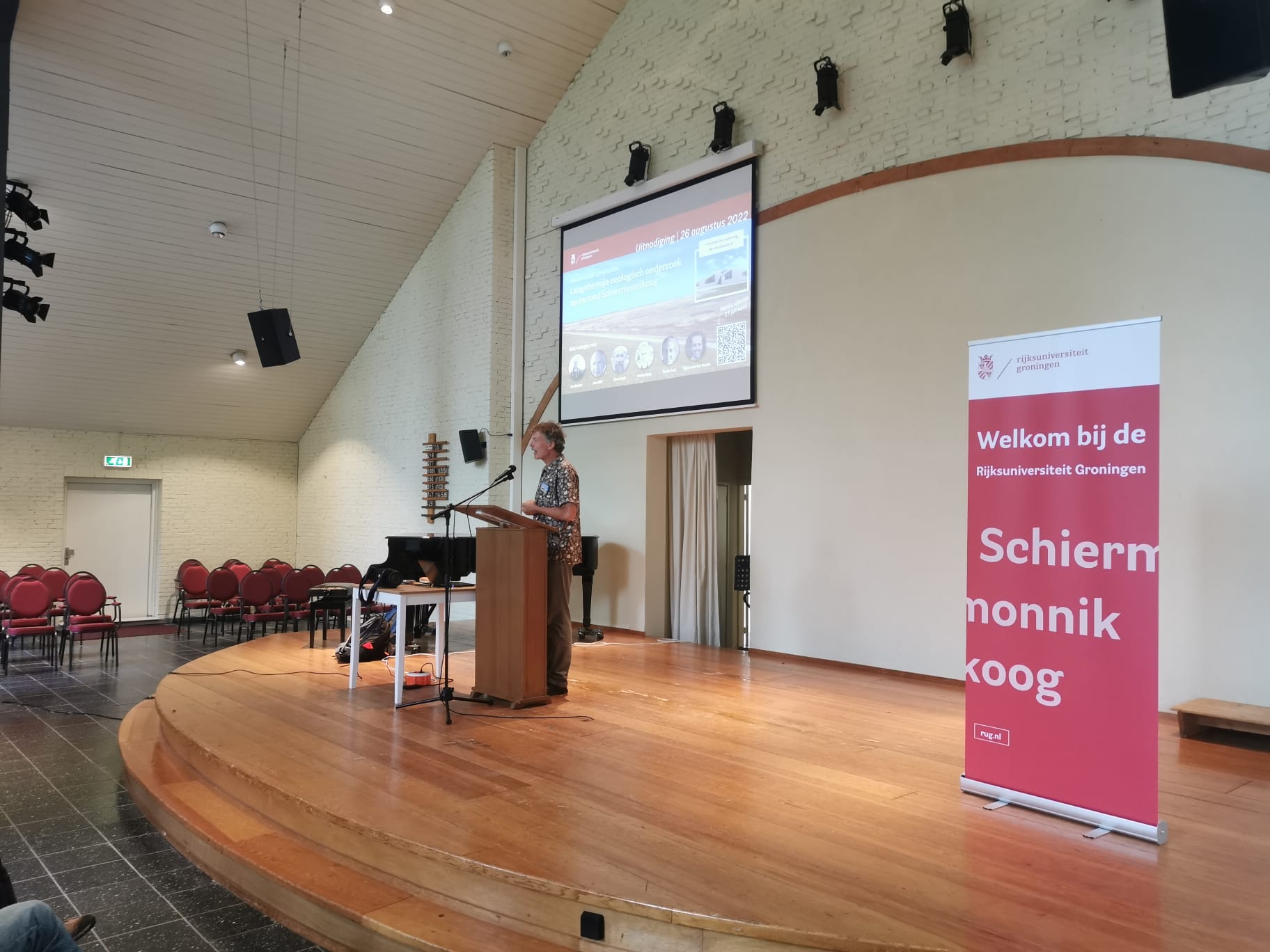
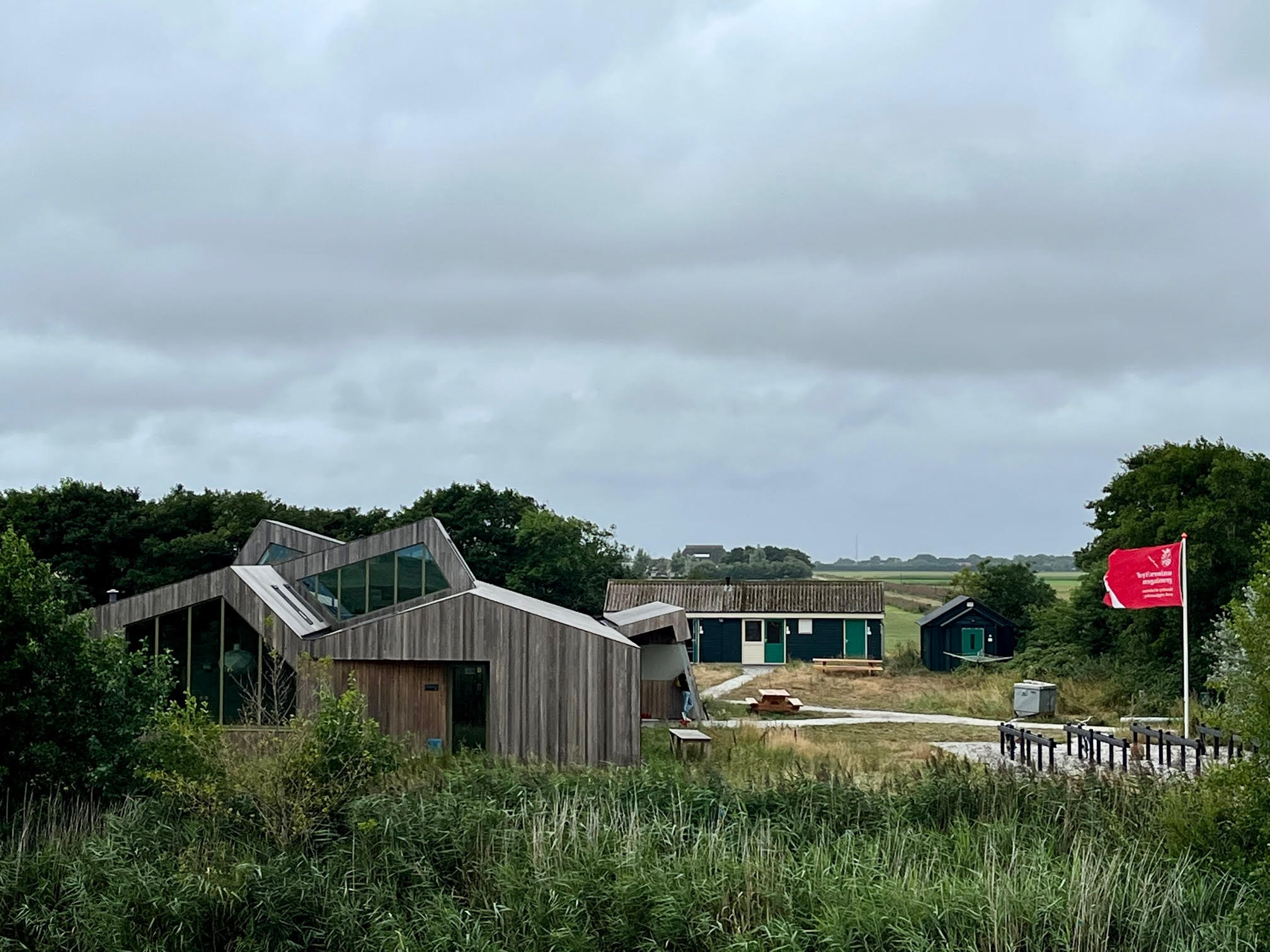
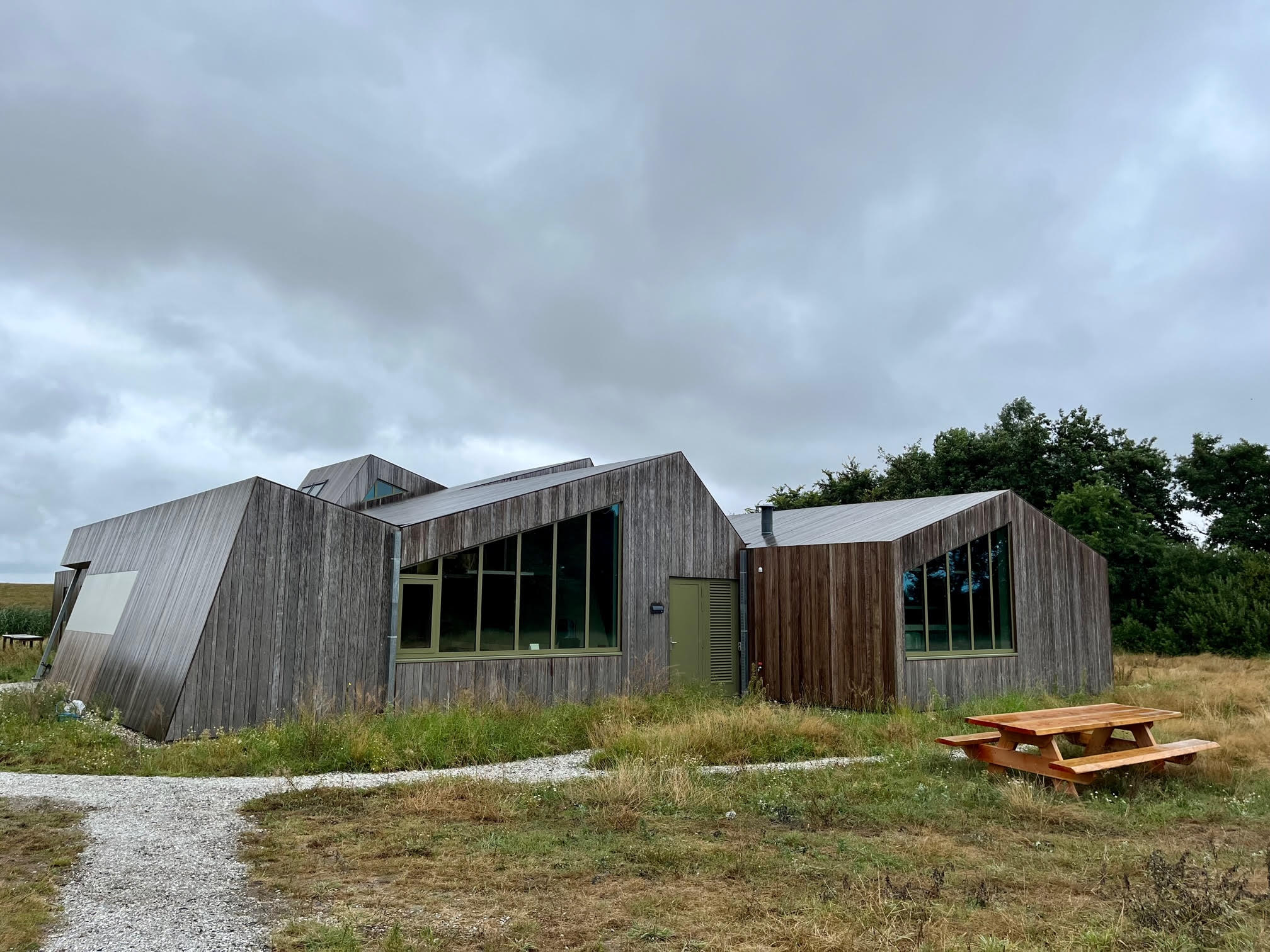
The new Herdershut has a larger teaching area, improved ICT facilities, two modern labs and better dormitories and accommodation facilities. The building is completely gas-free, and solar panels and sustainable heat generation provide energy savings.
The researchers and students are enthusiastic about the new accommodation, and the university highly values excellent facilities for research. "The beauty of it is that the ecological studies done locally have inseparable links to global issues about changes in biodiversity and climate," says Hans Biemans, Vice-Chairman of the UG Executive Board. "It is part of the UG's mission to contribute to this, and this sustainable building with modern facilities fits in with that."
Climate change
"The field station on Schiermonnikoog indeed offers unique opportunities for ecological research, also because it is about the long term," says Professor of Ecology Han Olff. "We try to understand how plants and animals slowly adapt to their environment, partly under the influence of local factors but also due to climate change. For example, our research into breeding oyster-catchers has been ongoing for decades, where we are seeing a huge decline of this bird population due to increasingly frequent flooding of the salt marsh. We can also use satellite transmitters to follow a large group of spoonbills all the way from the Iberian Peninsula to Mauritania, thus better protecting important breeding and feeding areas. In addition, our vegetation study on the salt marsh, looking at the effect of grazing geese, hares and cows, is one of the longest running in the world."
Educating the new generation
For the new generation of biologists, being able to do fieldwork in the most natural environment possible is indispensable, according to Olff. "By learning to observe well, they are trained to help solve the big problems facing the world, and these are problems that touch strongly on ecology. Our new and environmentally friendly building is really appropriate for the kind of research we do. One wish for the future is that we would also like to work on the grounds around the building: it is actually the only part of the 'polder' that has never been intensively cultivated. We want to turn it into a kind of mini nature reserve, which will also make it an even more inspiring environment for researchers and students."
Design of the Herdershut
The new research station (500m2) was designed by UG architect John Timmer and consists of two joined structures with a wooden finish. It offers thirteen dormitories with 39 sleeping places in total, a living room, a kitchen and good sanitary facilities for a comfortable and accessible place to stay. A modern teaching area and two lab spaces make the building convenient for researchers and students of the UG.
Sustainability
The new building is completely gas-free. Optimal insulation, a low-temperature heating system with heat pumps and 50 solar panels on the roof reduce the total energy demand by two-thirds. The building can also be divided into two parts, whereby the installations in the part that is not used in the winter can be switched off. Partly because of this, the energy performance coefficient of the complex is only 0.2.
"Sustainability is an important theme for our faculty," says Esther Marije Klop, board member and Resources portfolio holder of the Faculty of Science and Engineering. "It has an important place in our Strategic Plan. Not only do researchers at our faculty conduct research that contributes to a sustainable planet, but we also try to be as sustainable as possible in our daily activities and make steps forward in this. We are therefore very happy with this new Herdershut: a fine example of what is possible today in the field of sustainability."
Mayor: "suitable new addition"
Mayor Ineke van Gent of Schiermonnikoog is also enthusiastic about the new addition to the island: "This new building for the University of Groningen is a wonderful implementation of the energy challenge that we have taken up here on Schiermonnikoog, in which gas-free construction and clever thinking about energy-saving solutions are important starting points. Moreover, the Herdershut fits beautifully into the landscape and into the atmosphere and style of the existing buildings on the island. We are pleased with the UG and their research on our island."
Construction team
The building project was realised by installer Pranger&Rosier and local construction company Dijkstra. In less than a year, they completed the complex prefab construction with sloping facades and interlocking roof elements with different angles of inclination, while also investing a great deal of energy in providing additional installation technology.
More information
For more information about the construction of the Herdershut, please visit:
More pictures of the new Herdershut:
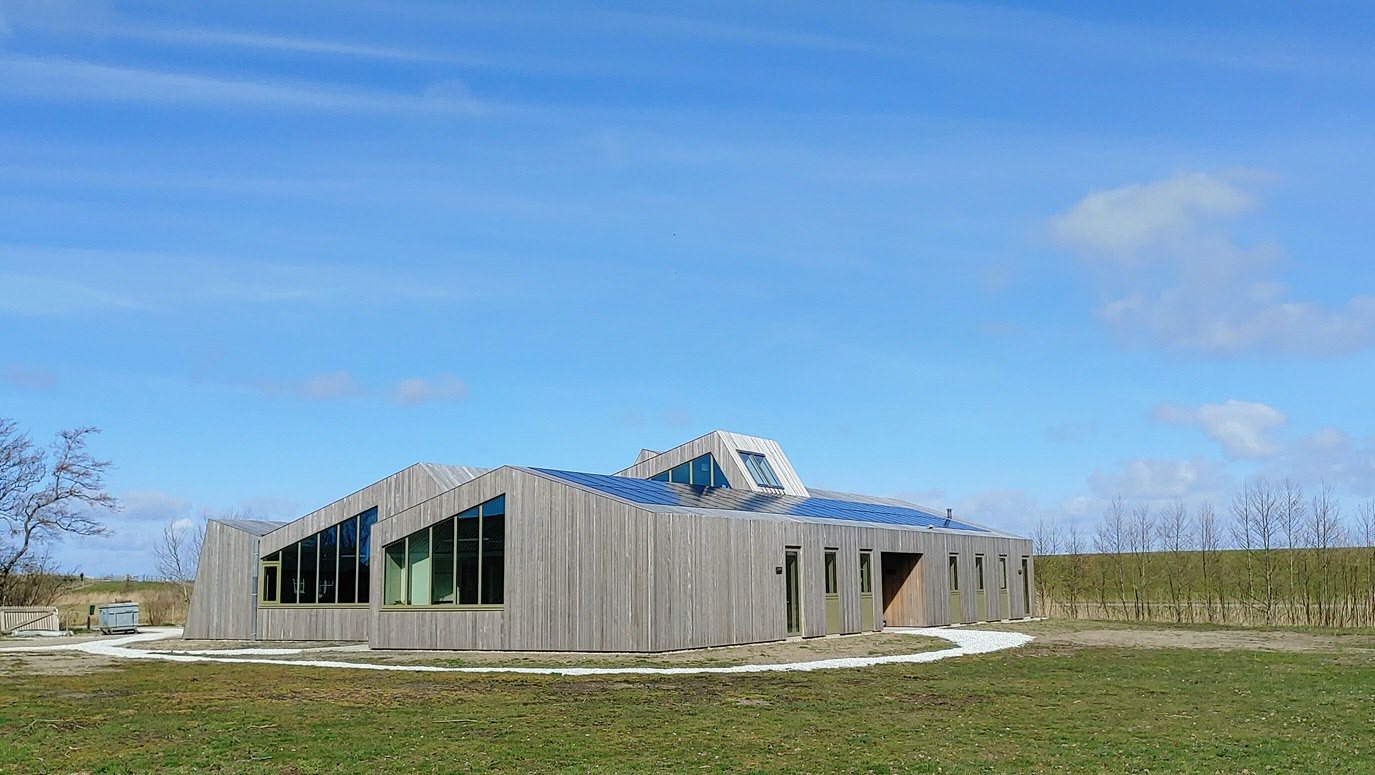
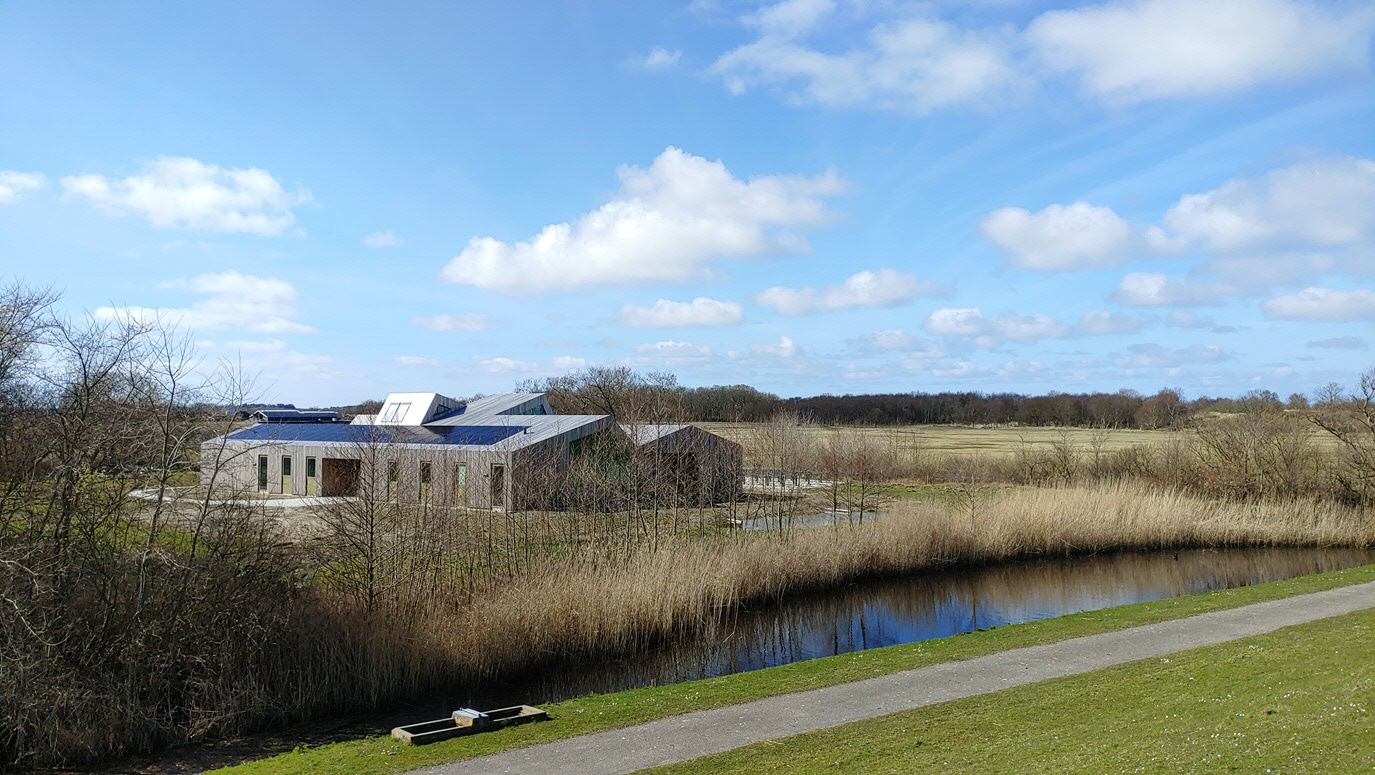
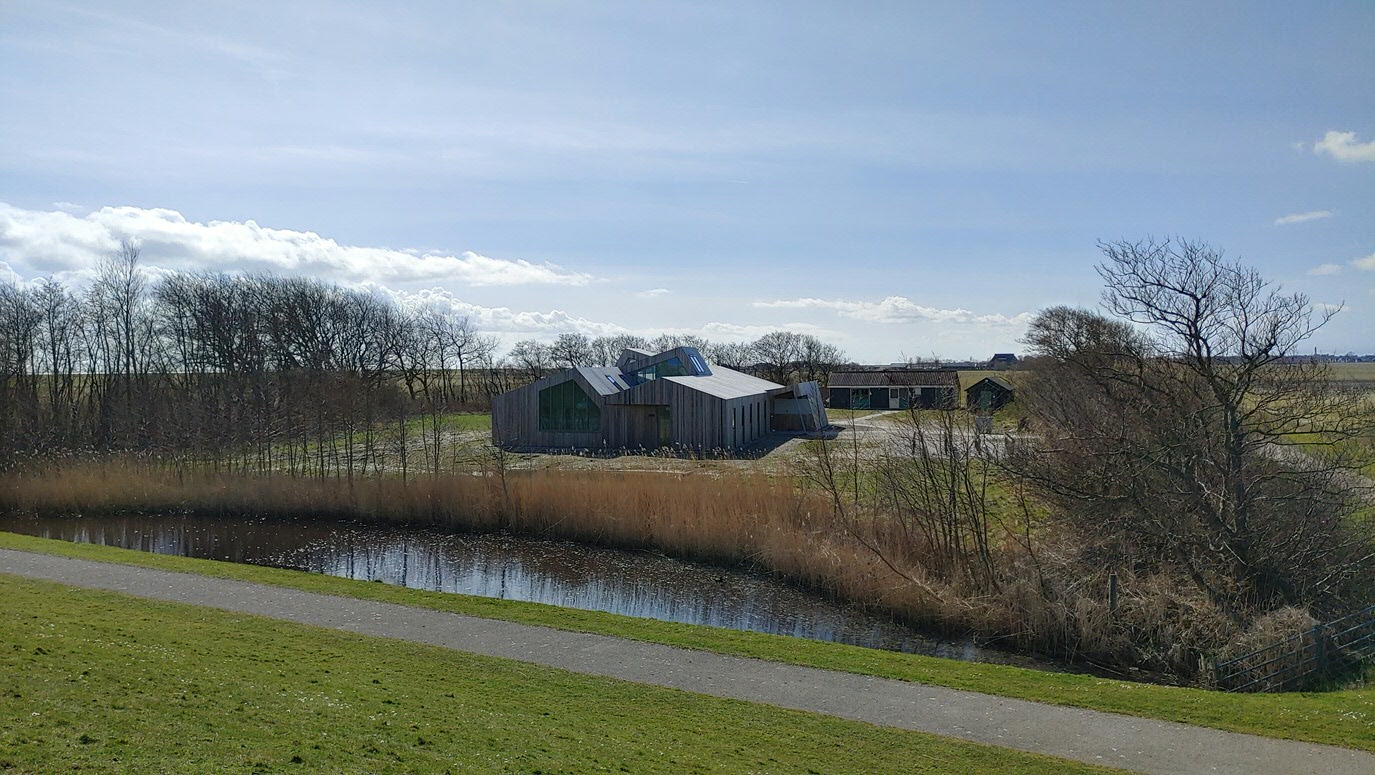
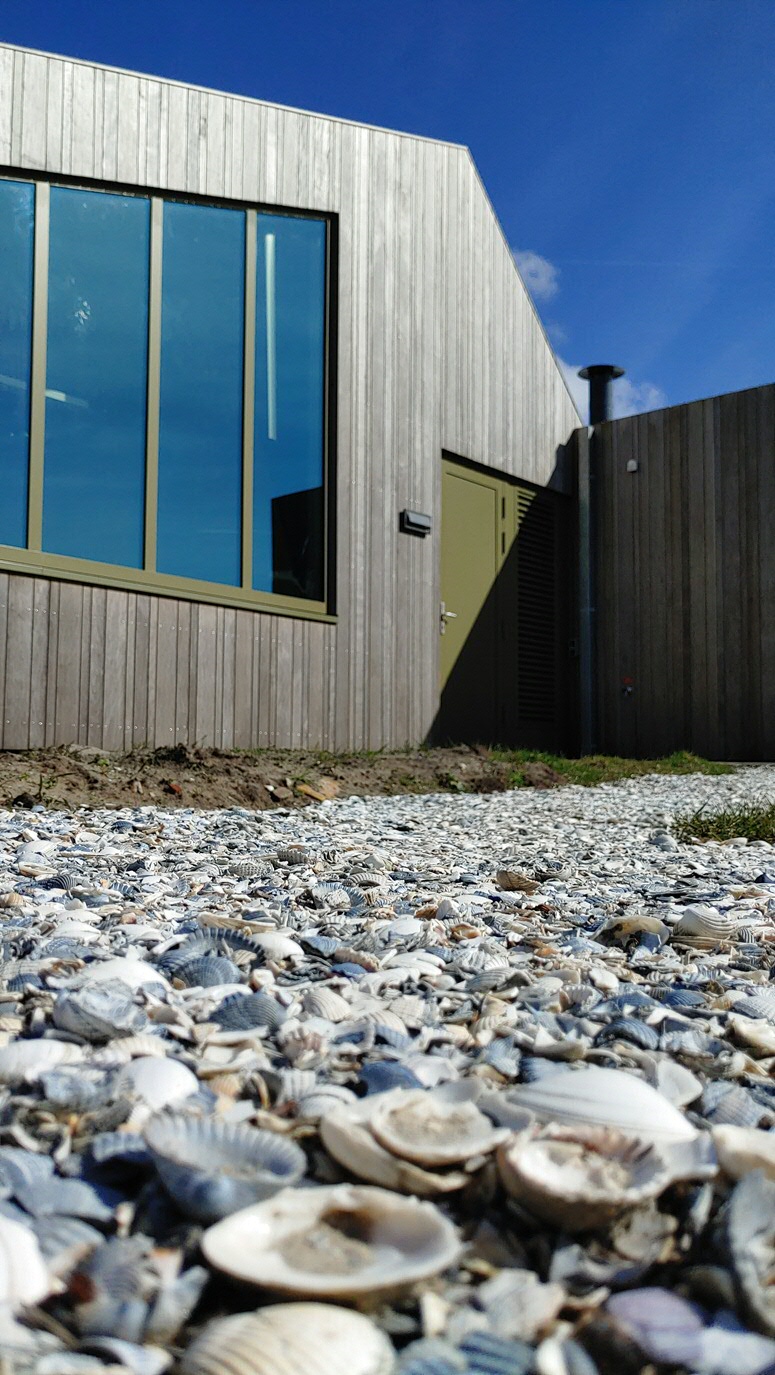
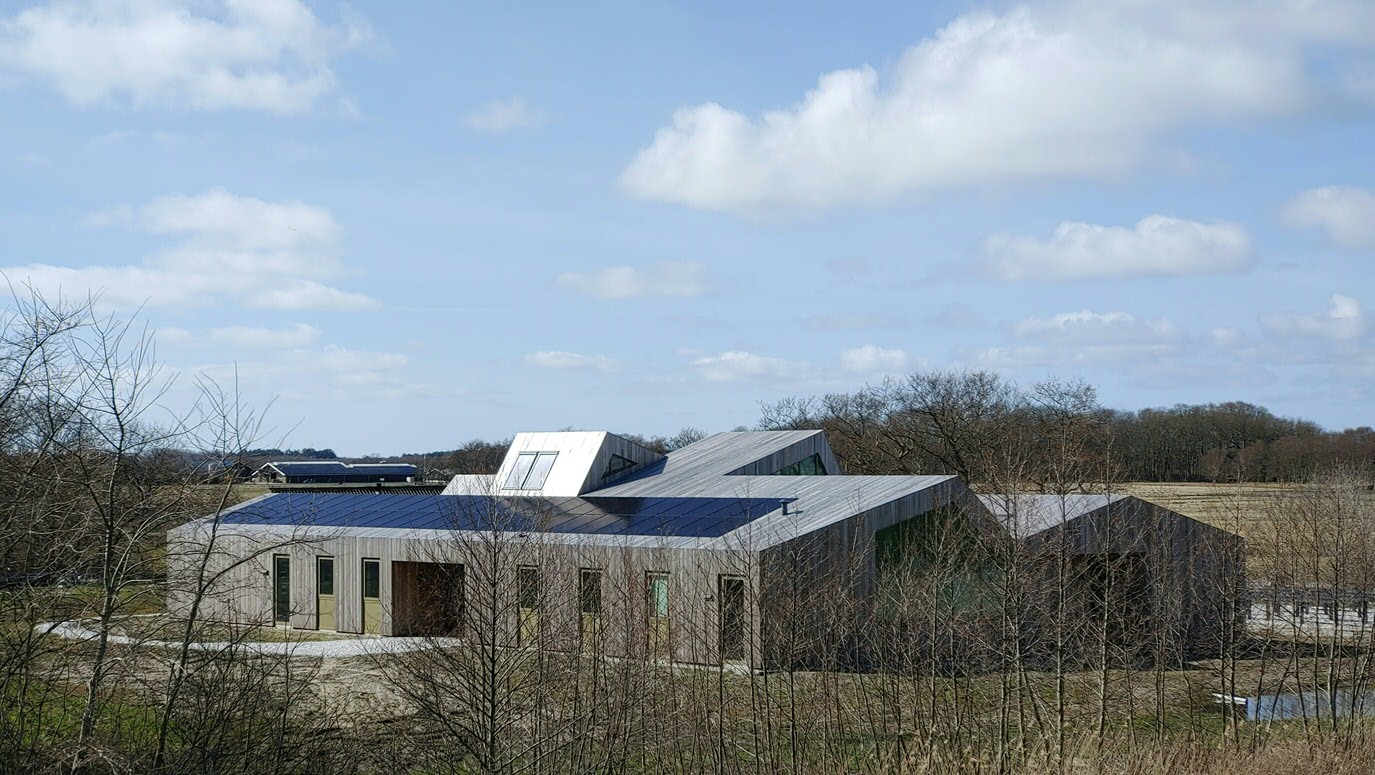
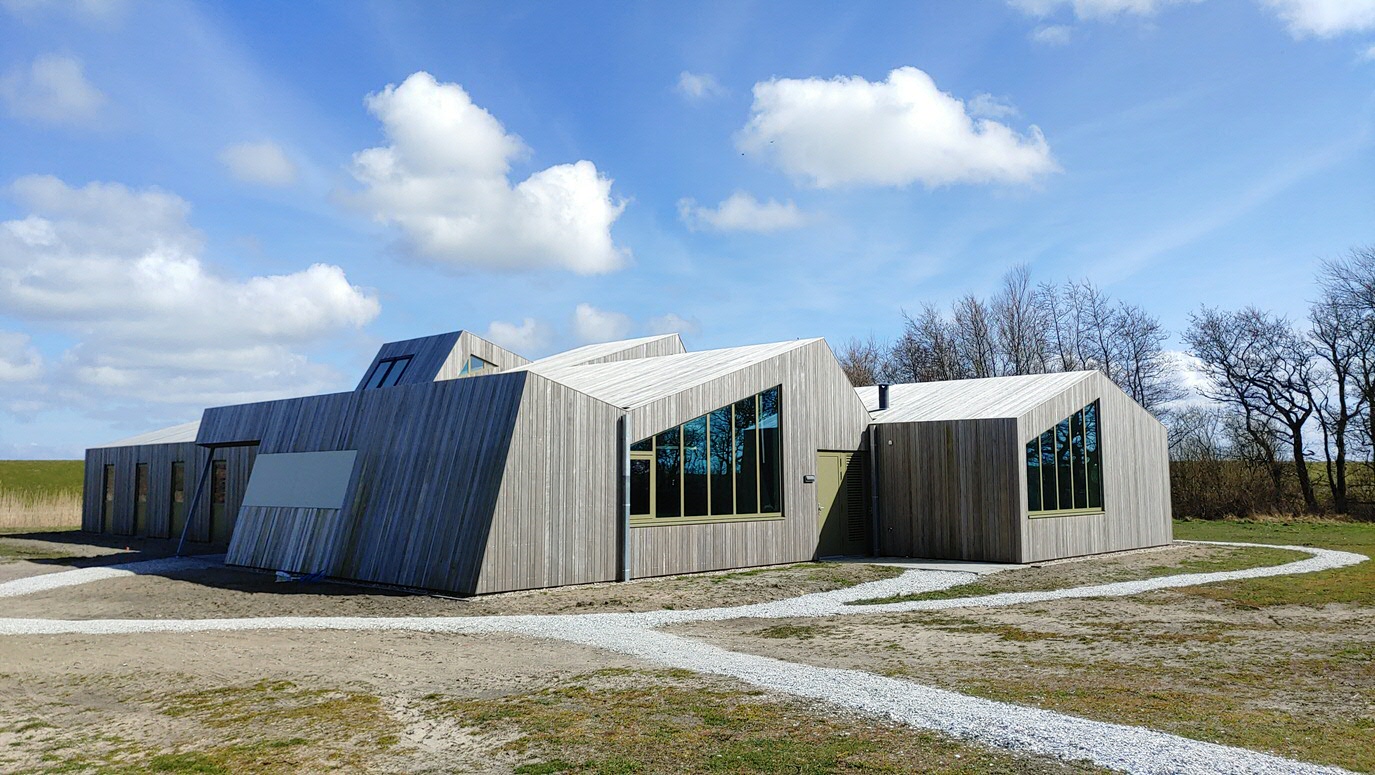
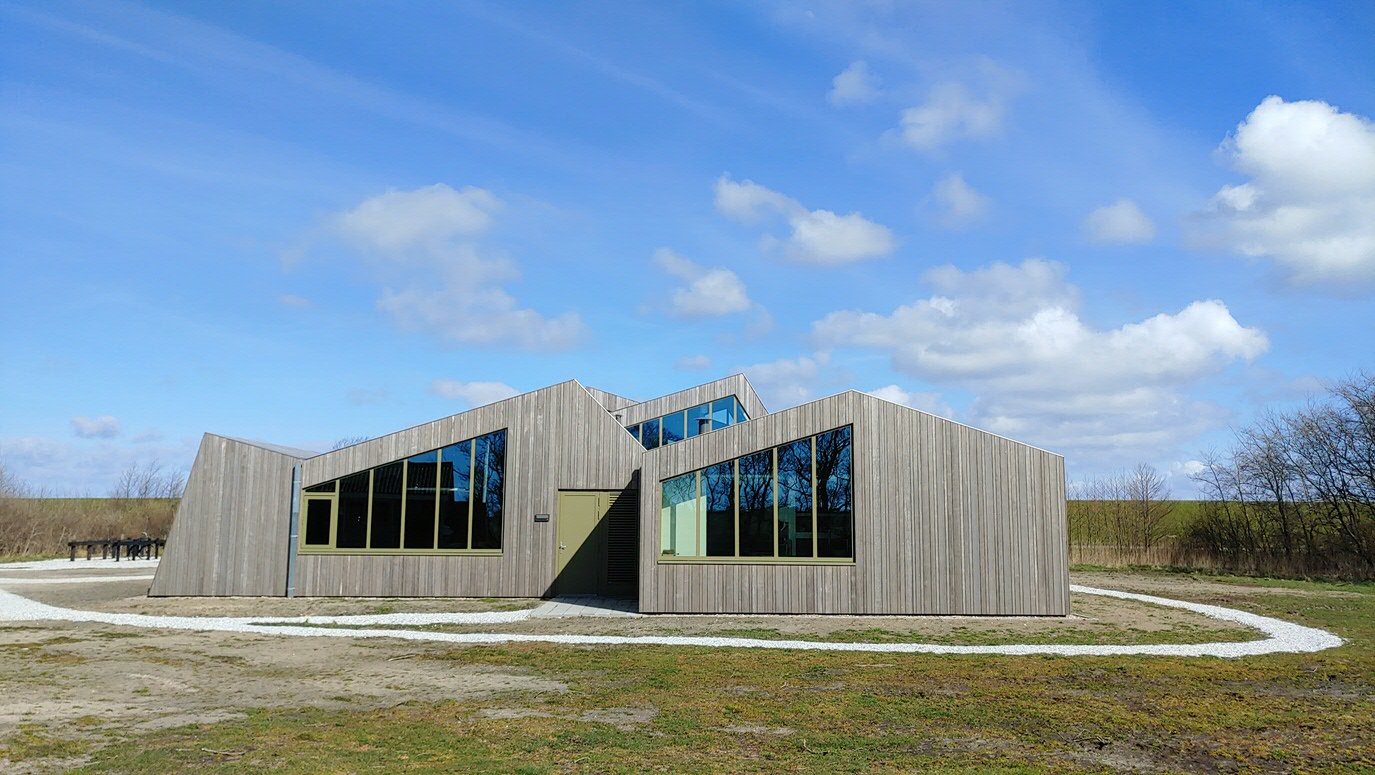
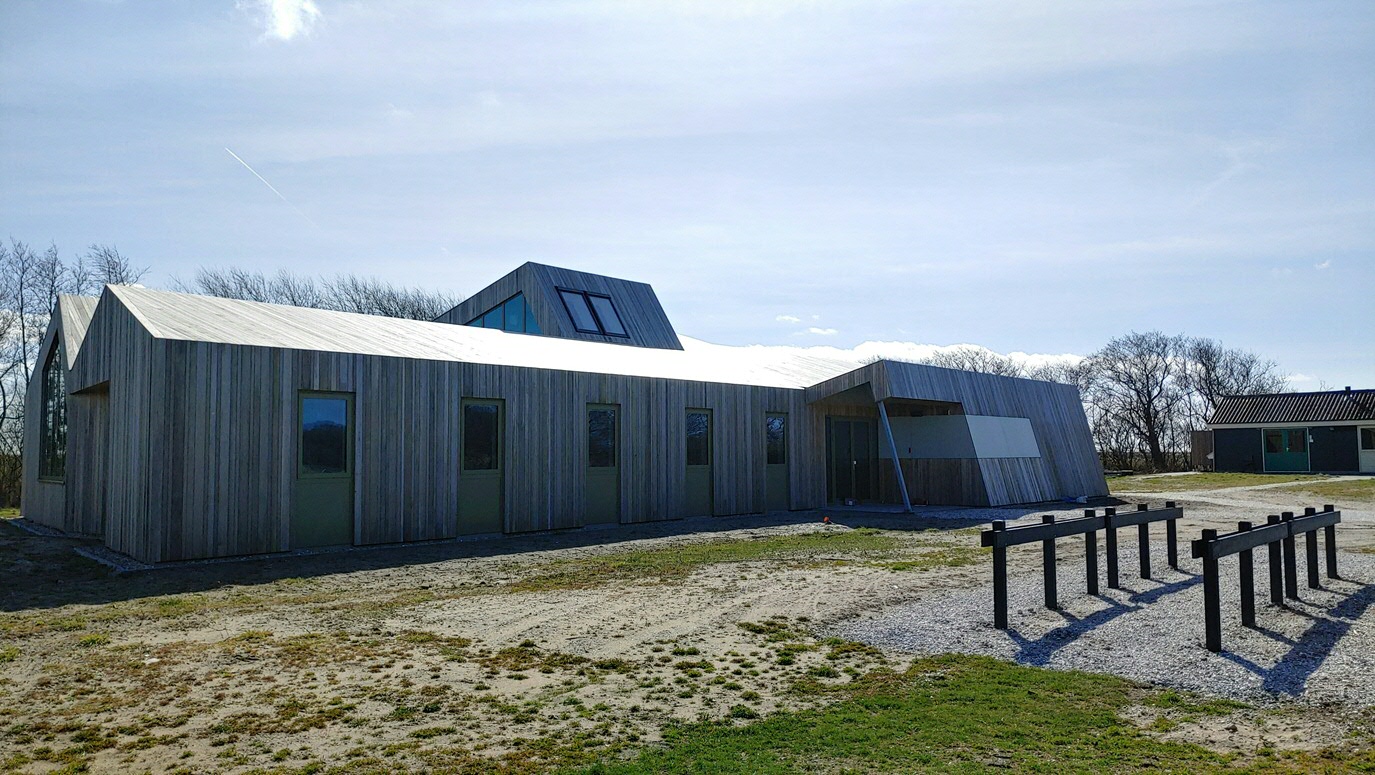
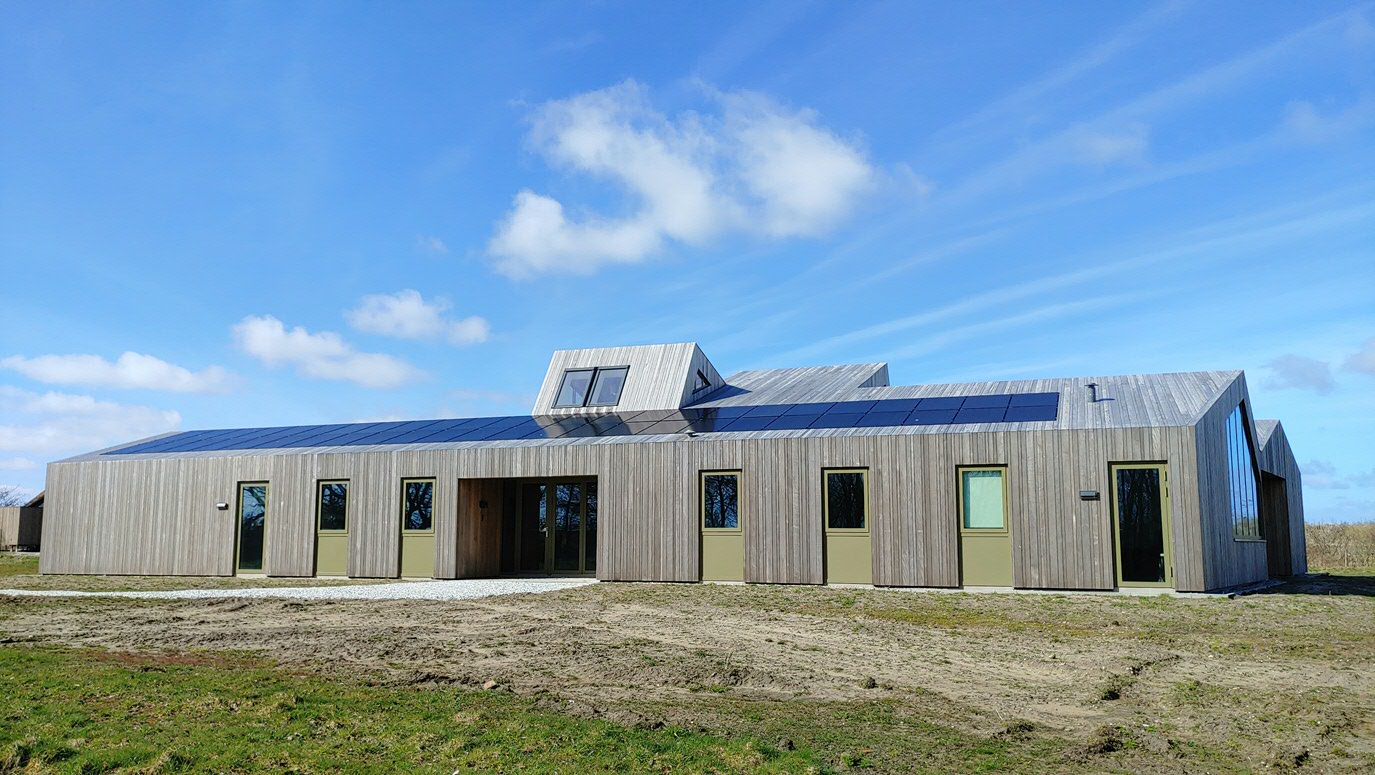
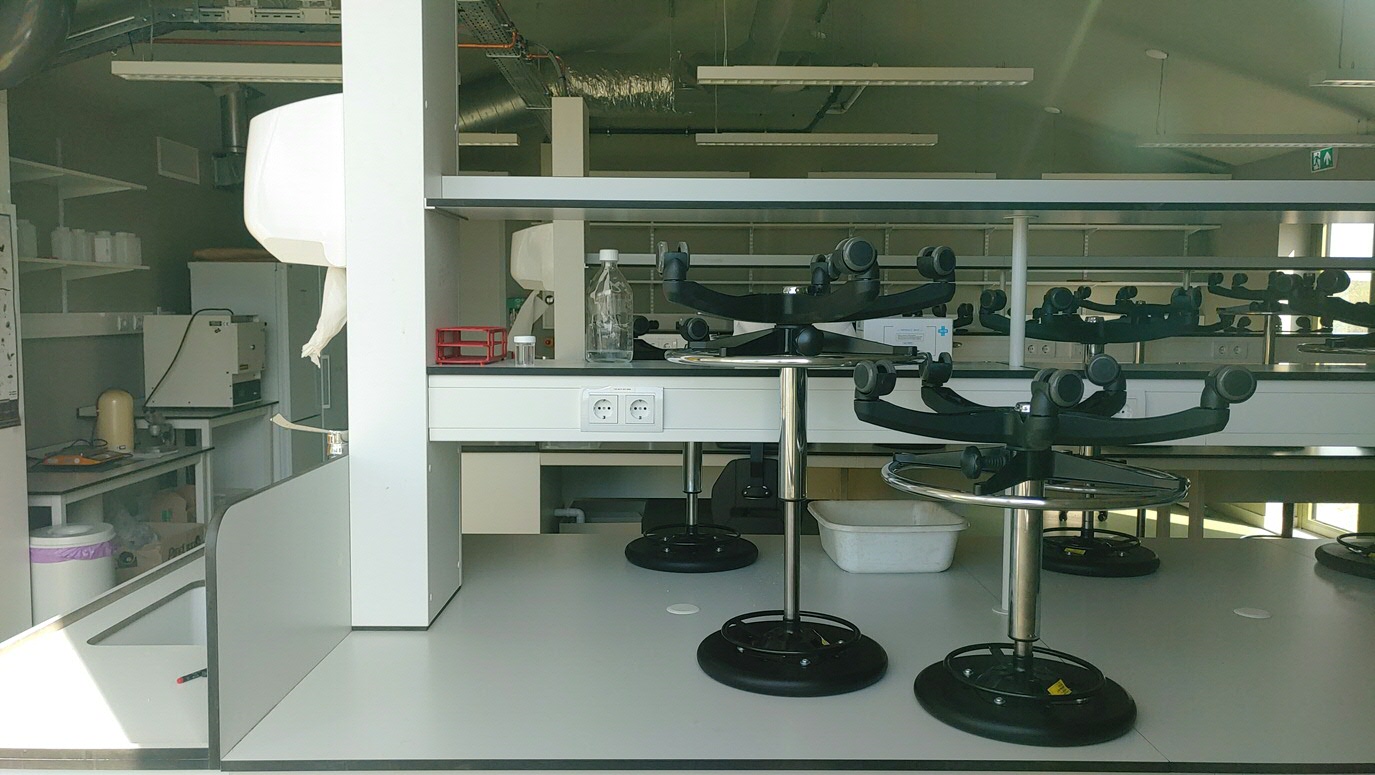
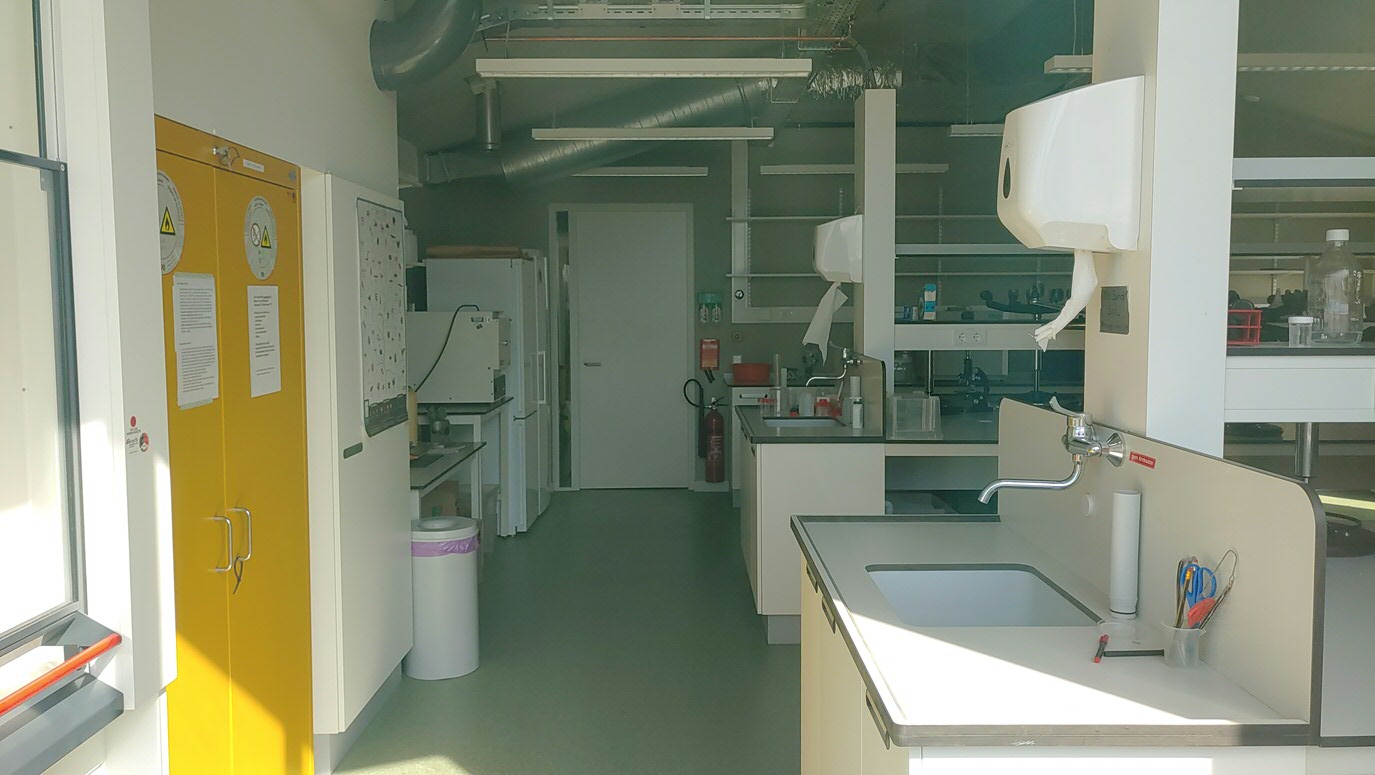
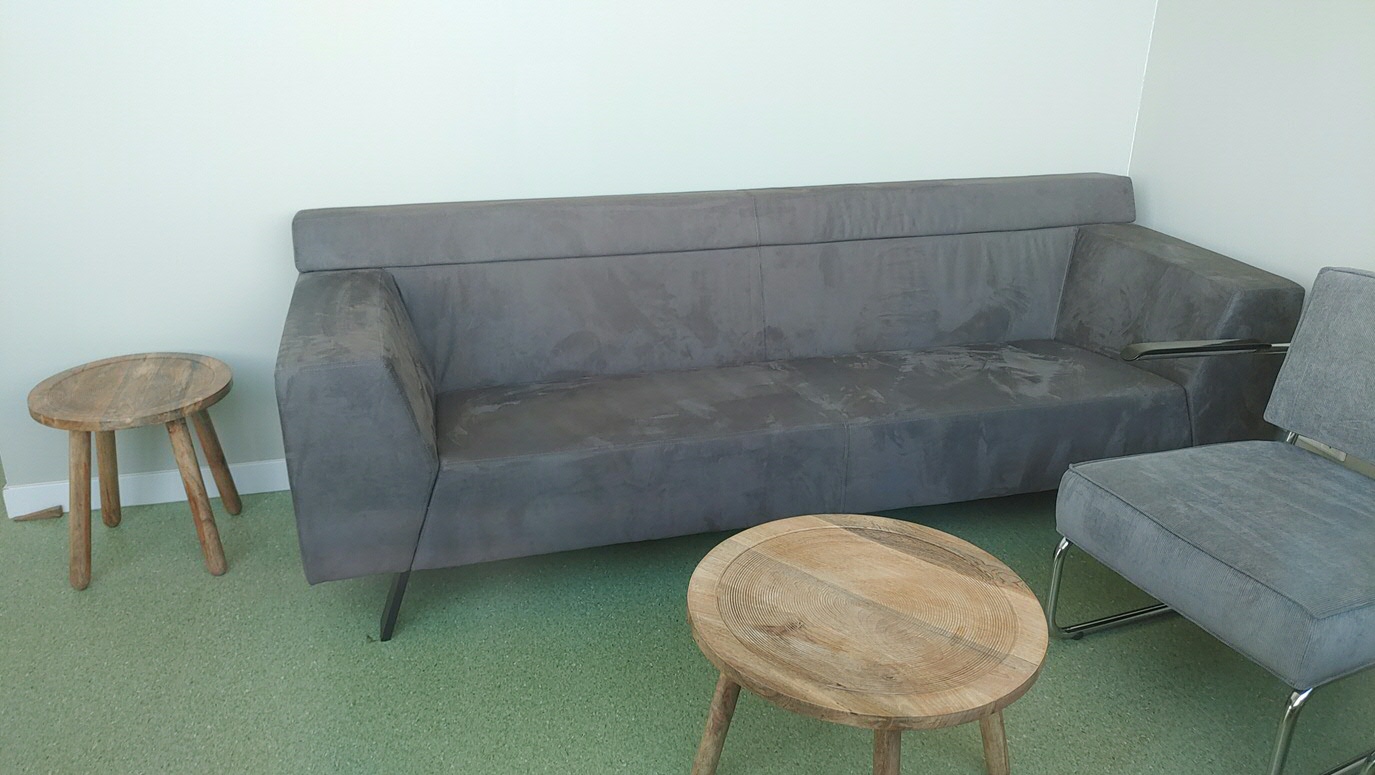
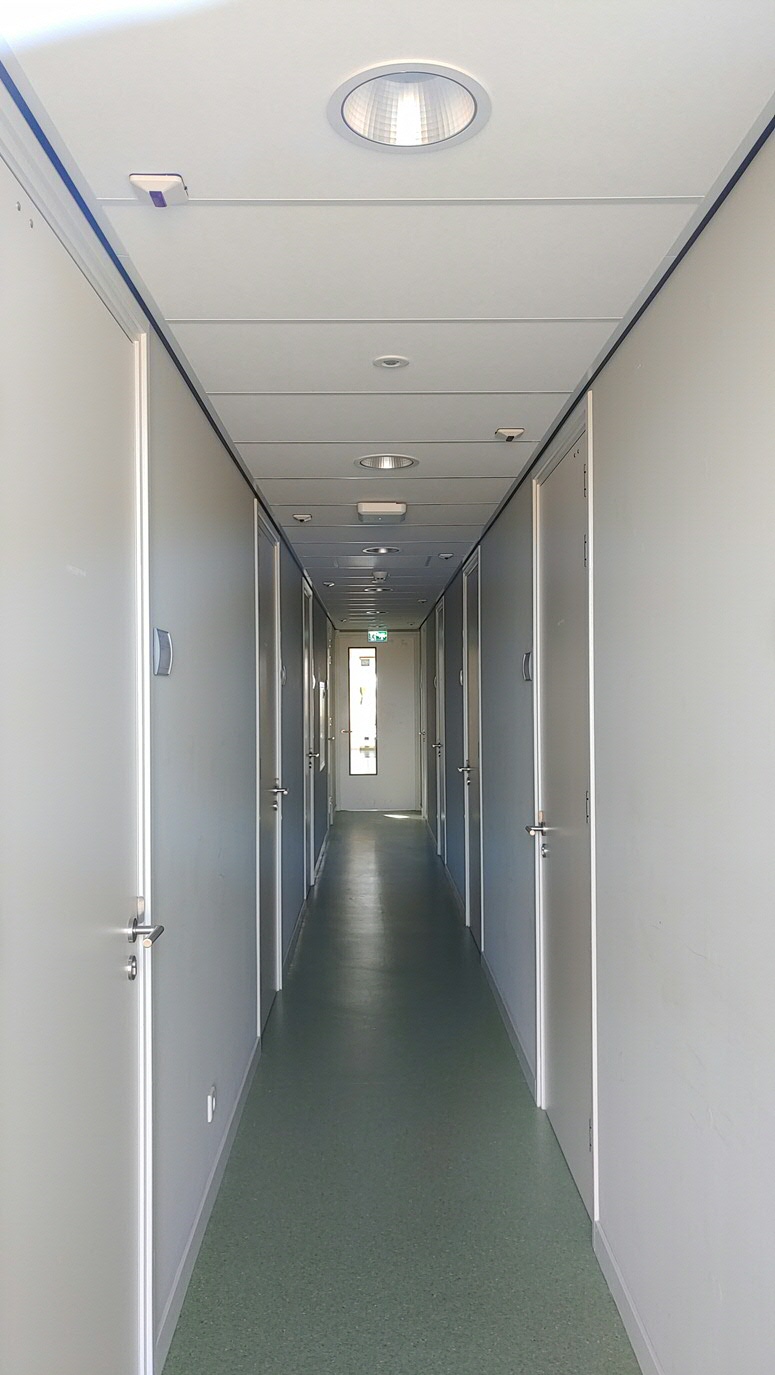
More news
-
15 September 2025
Successful visit to the UG by Rector of Institut Teknologi Bandung

